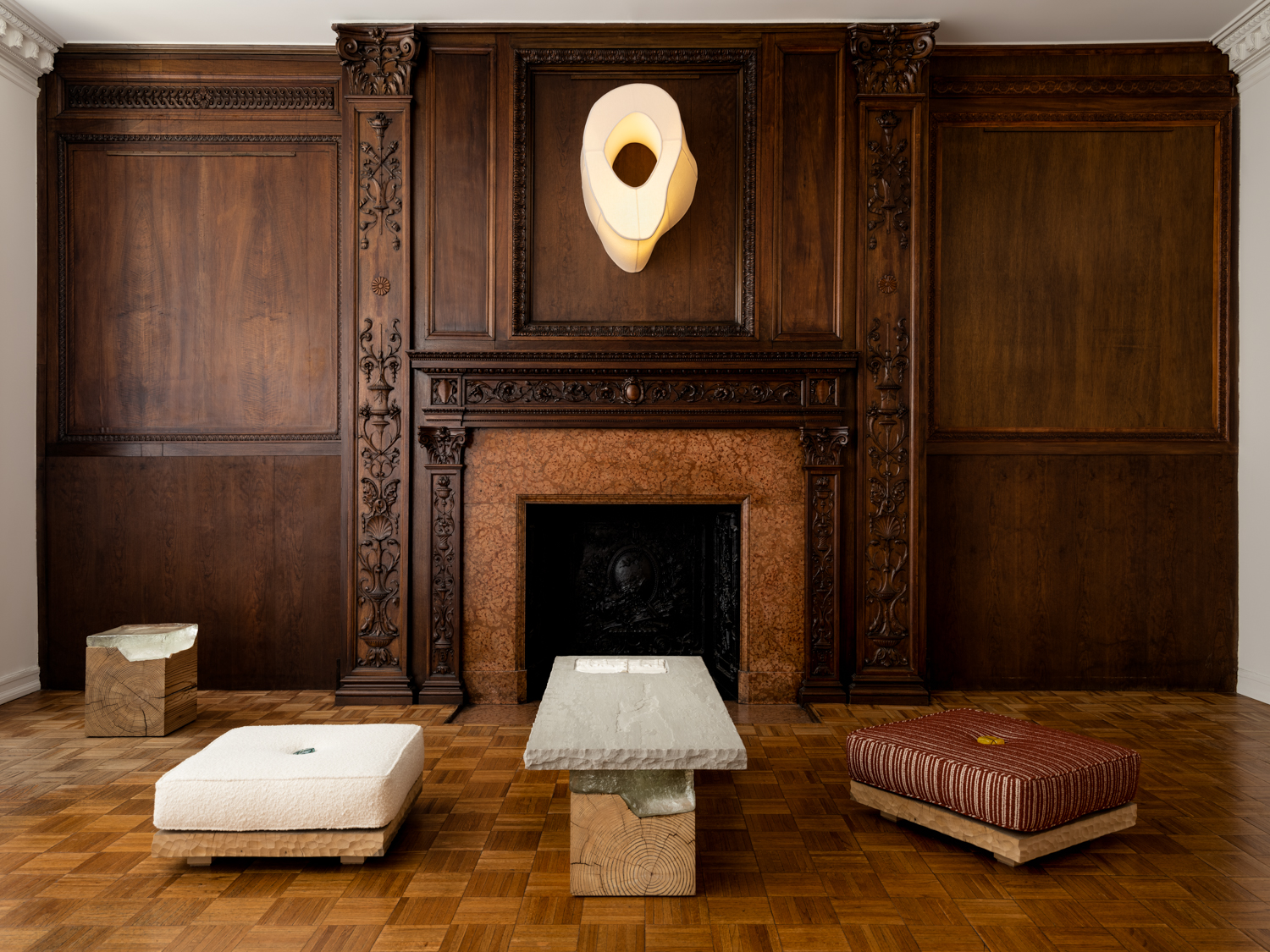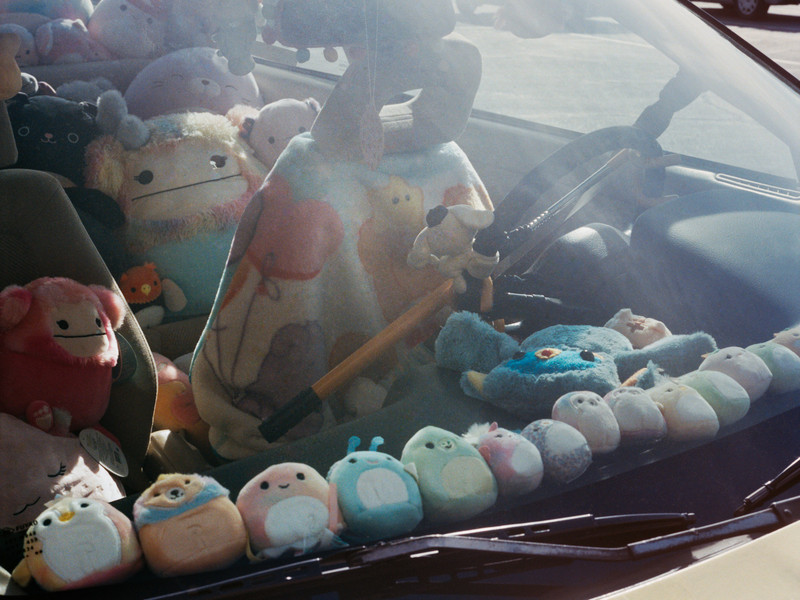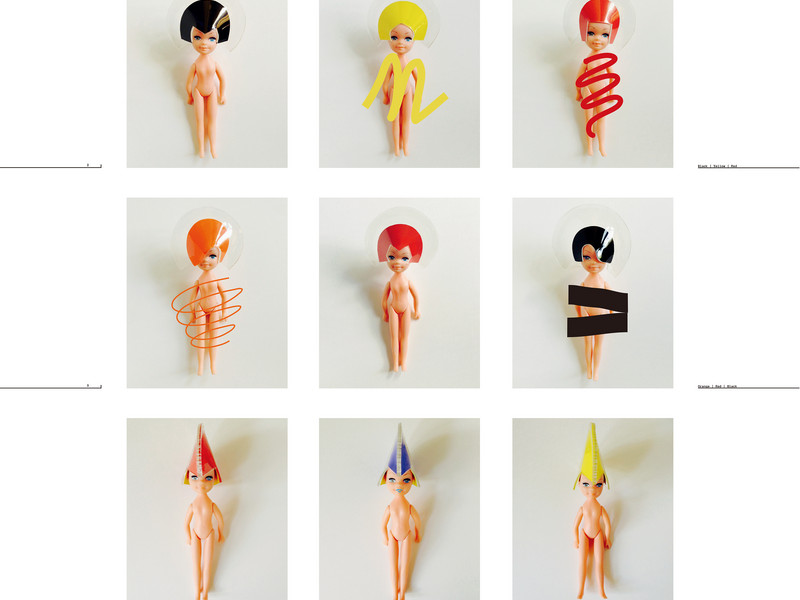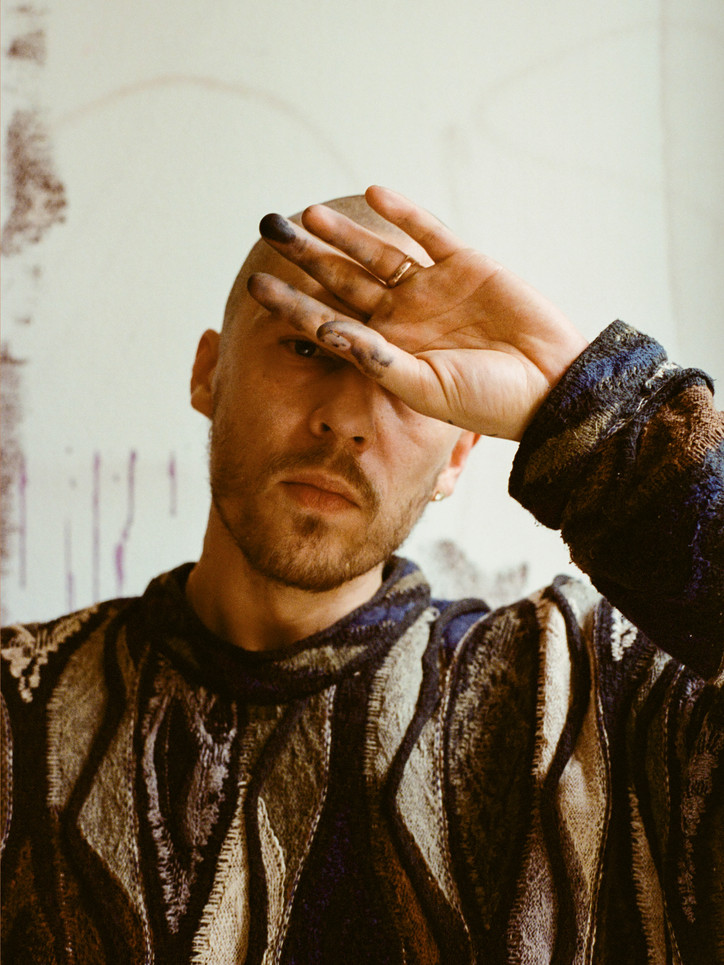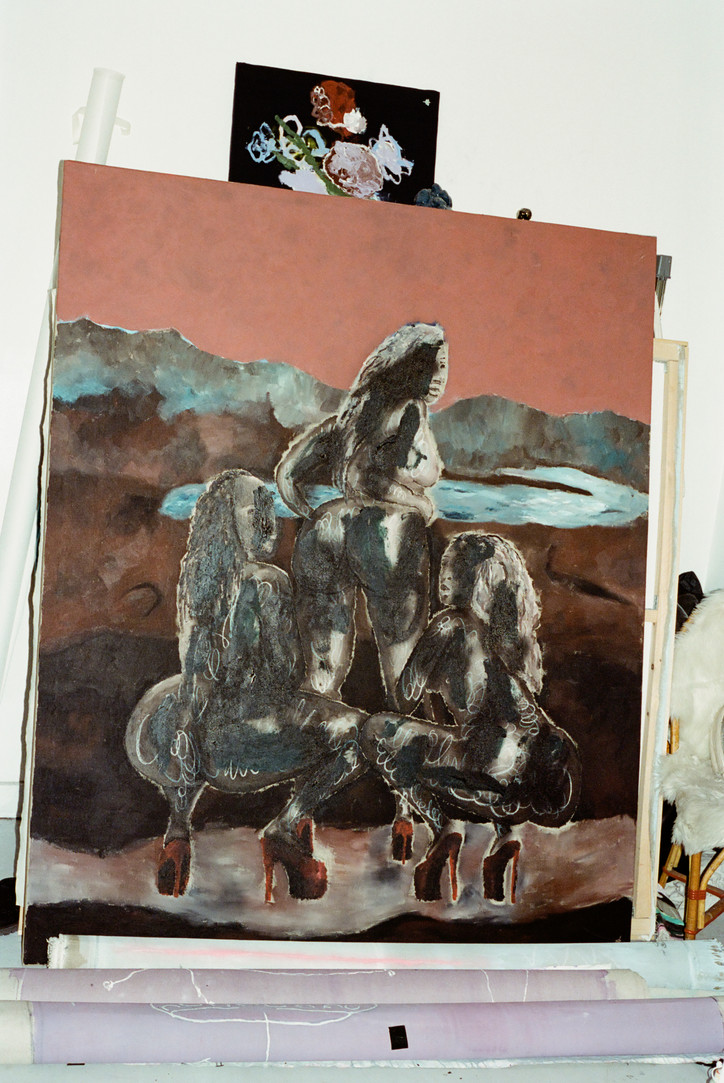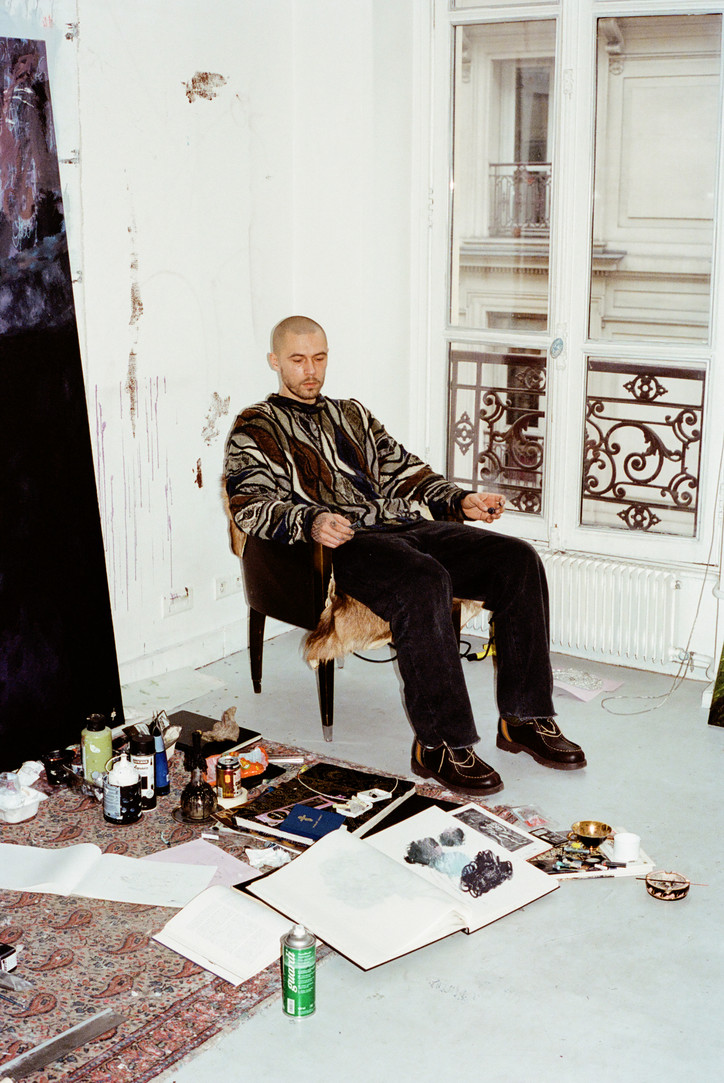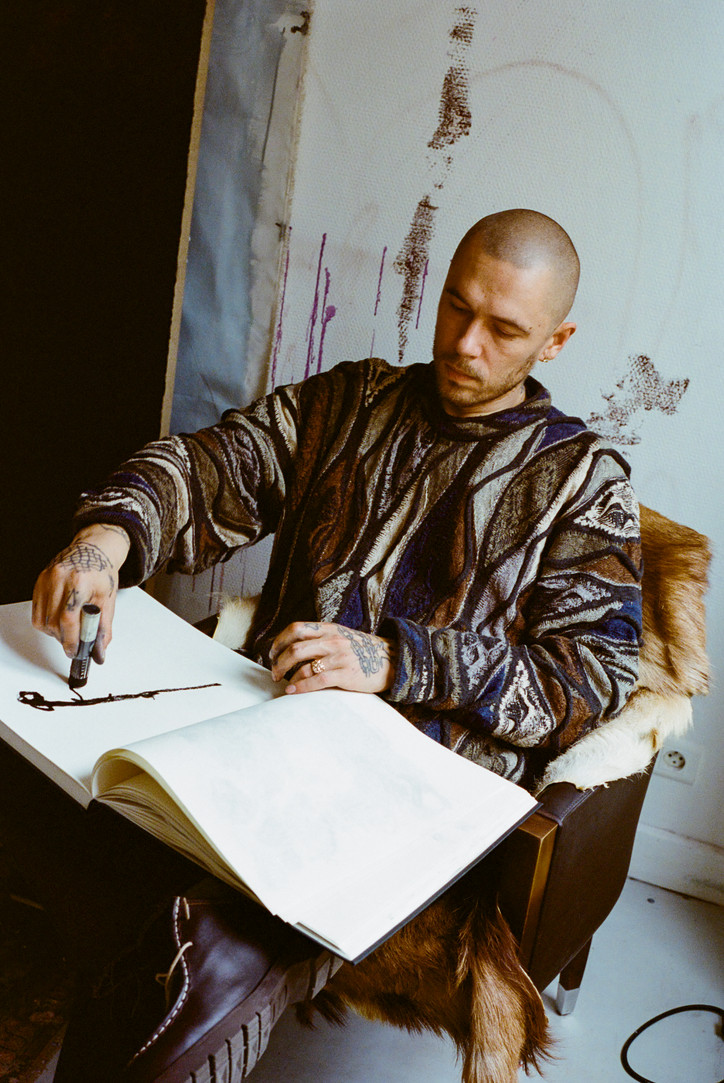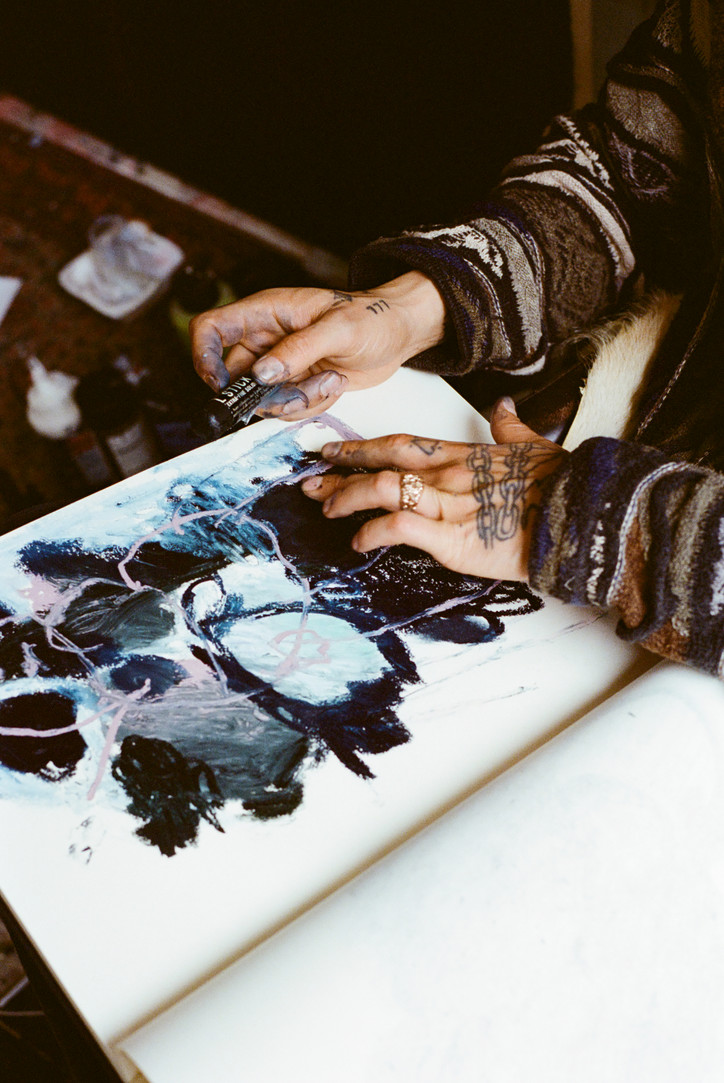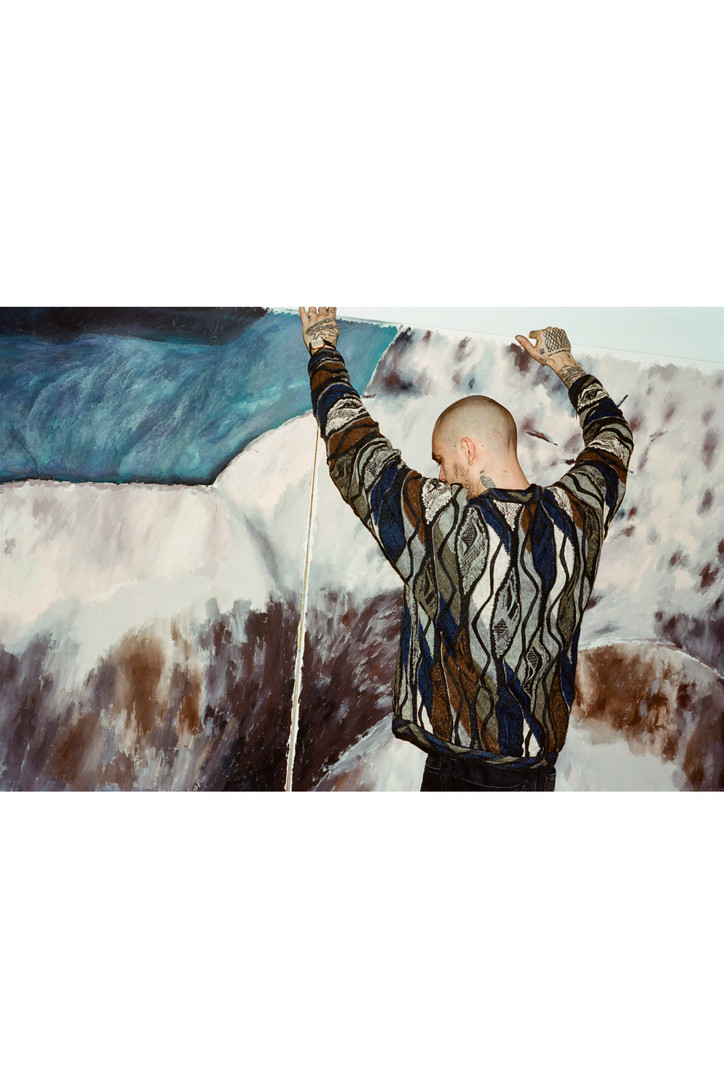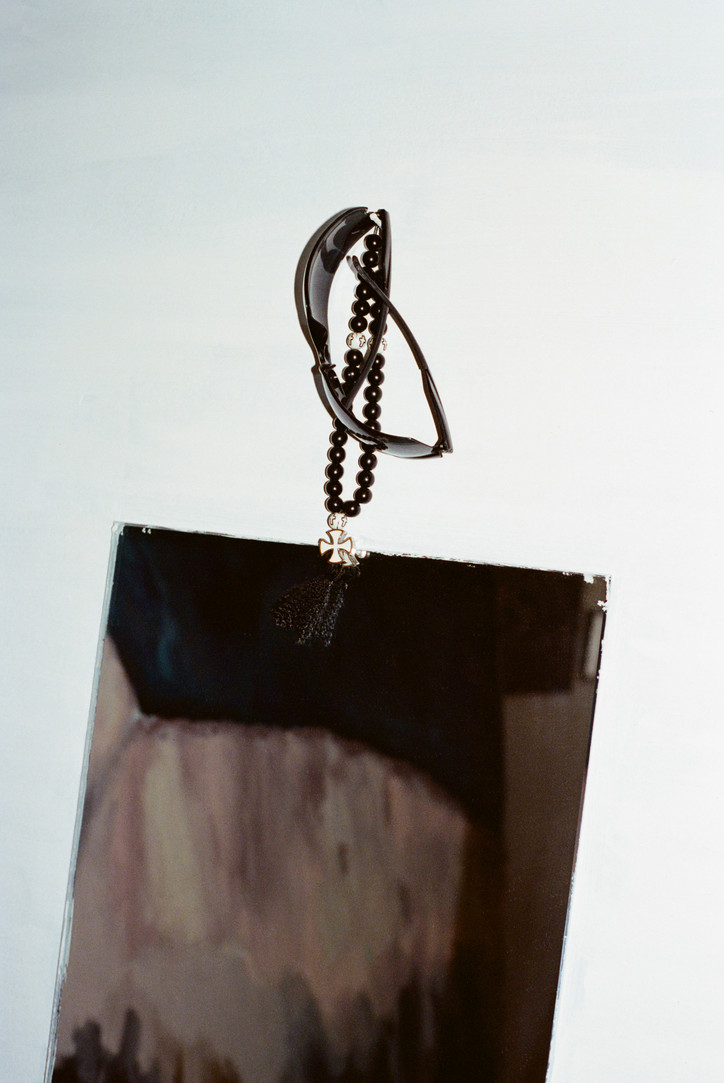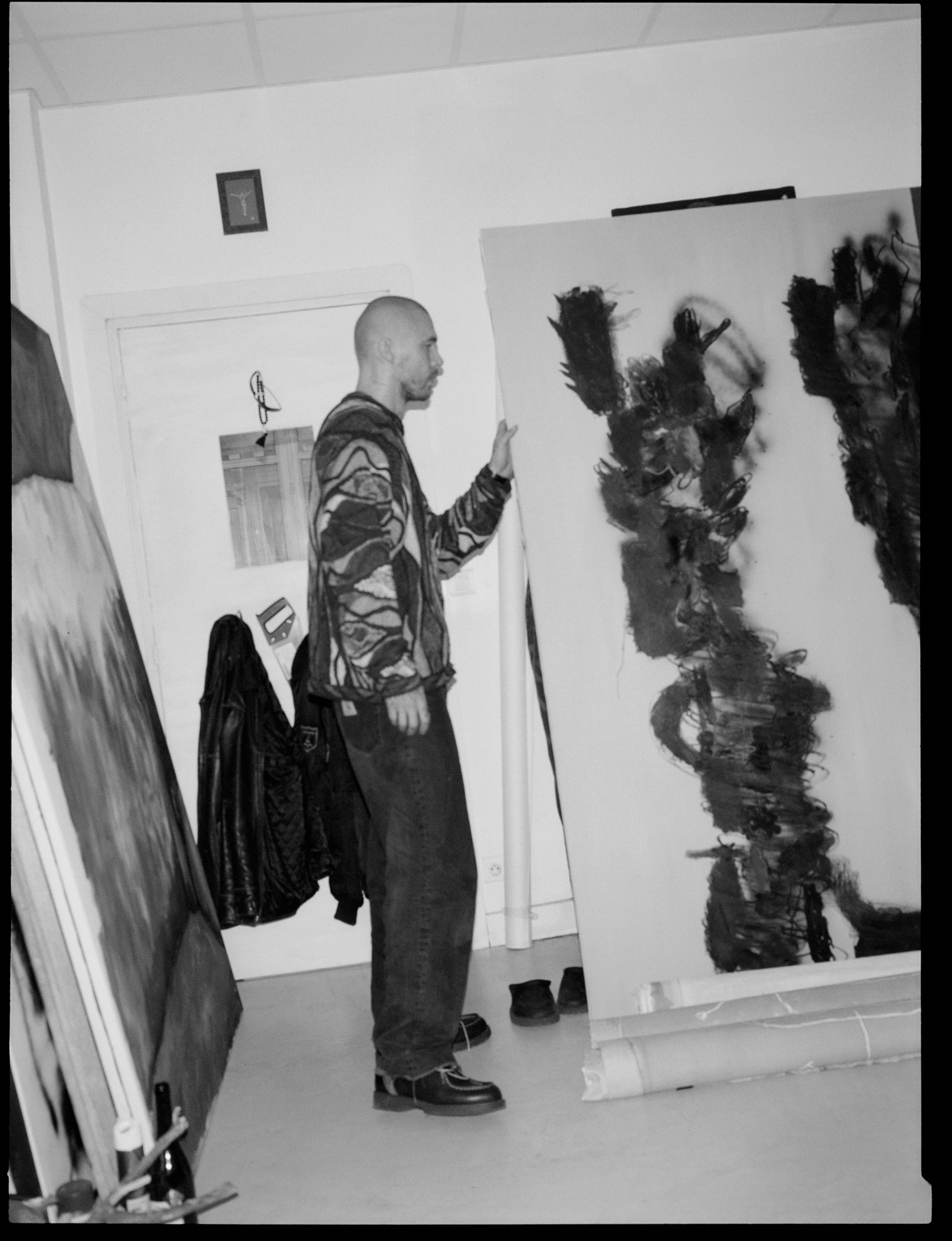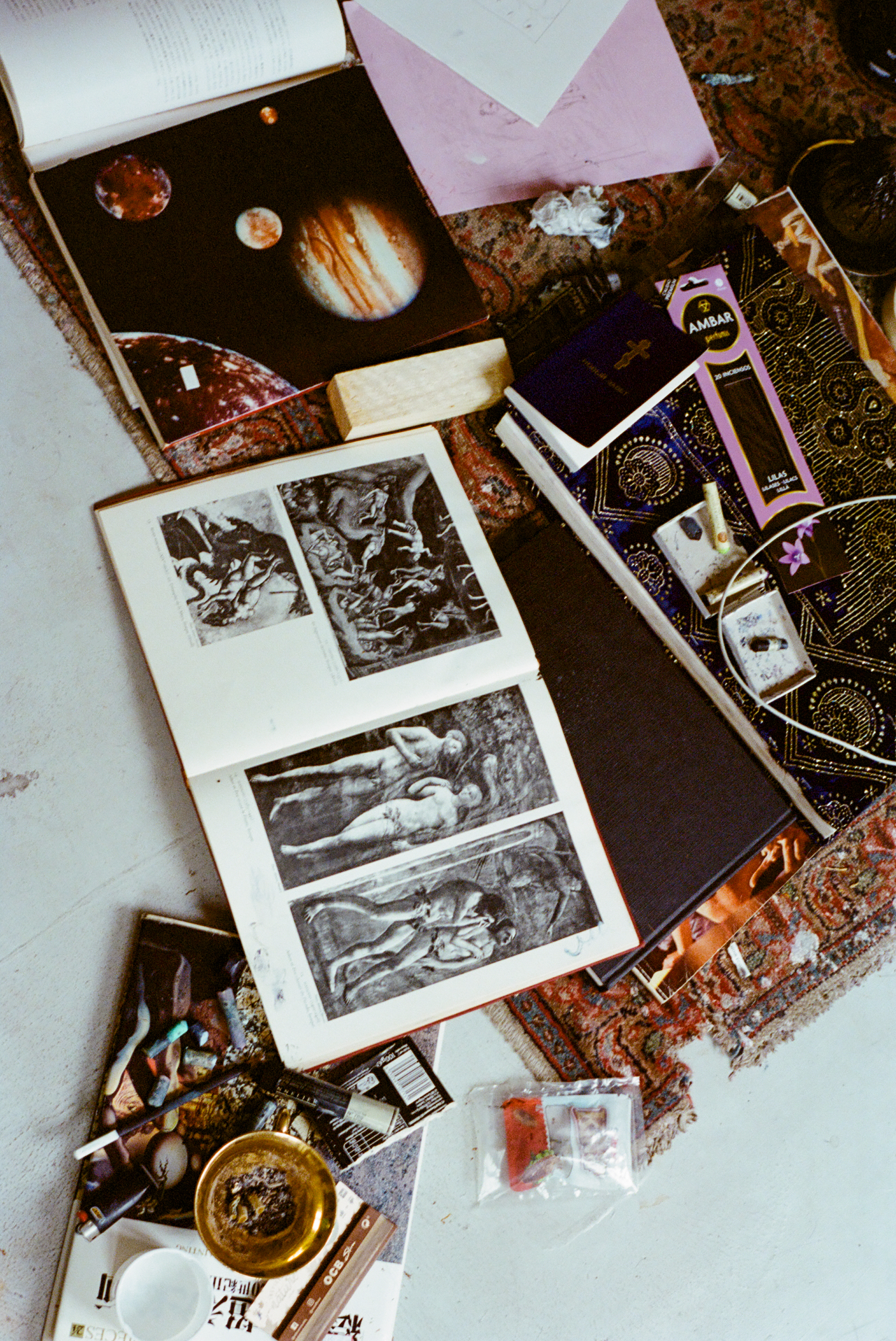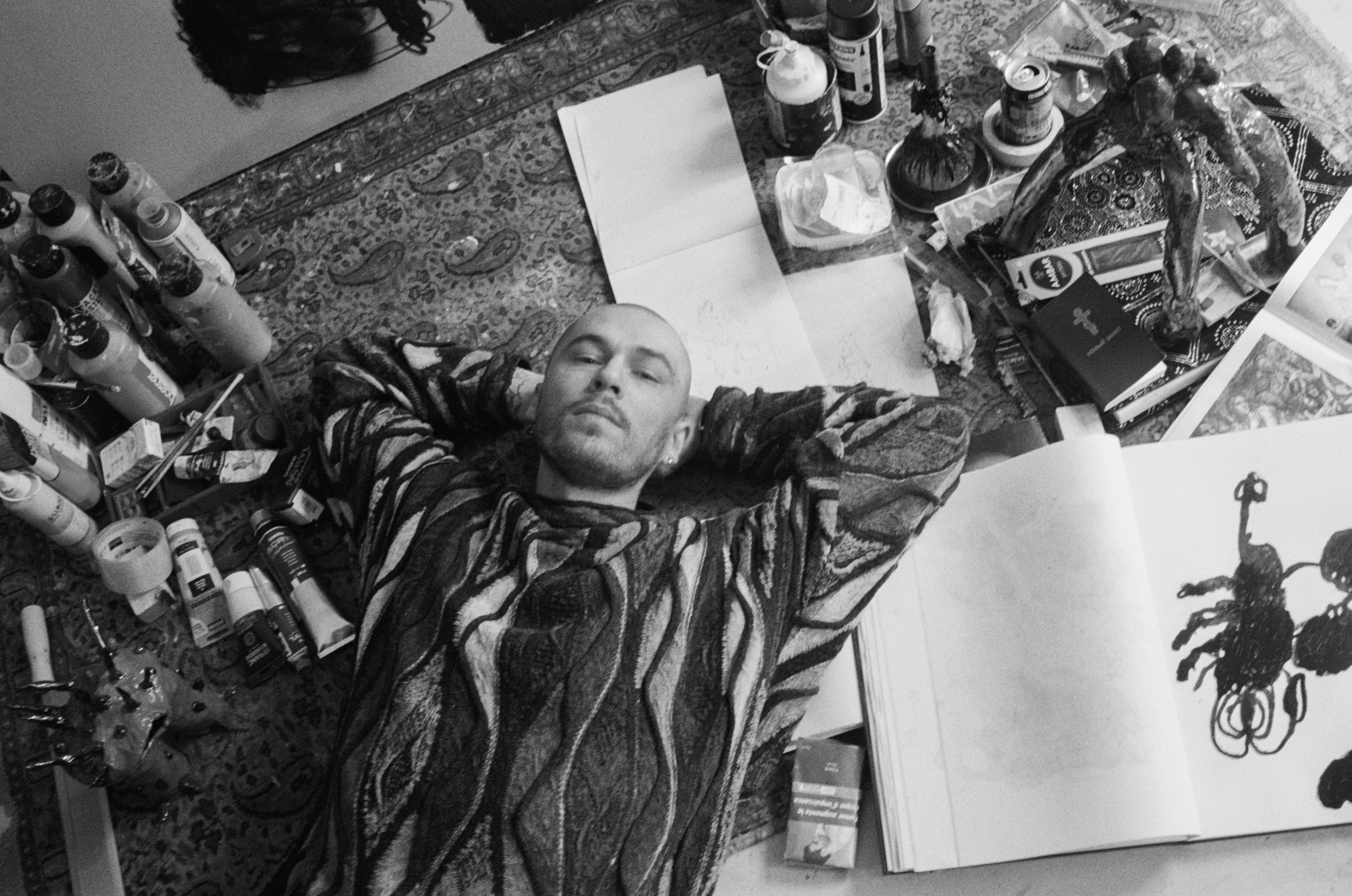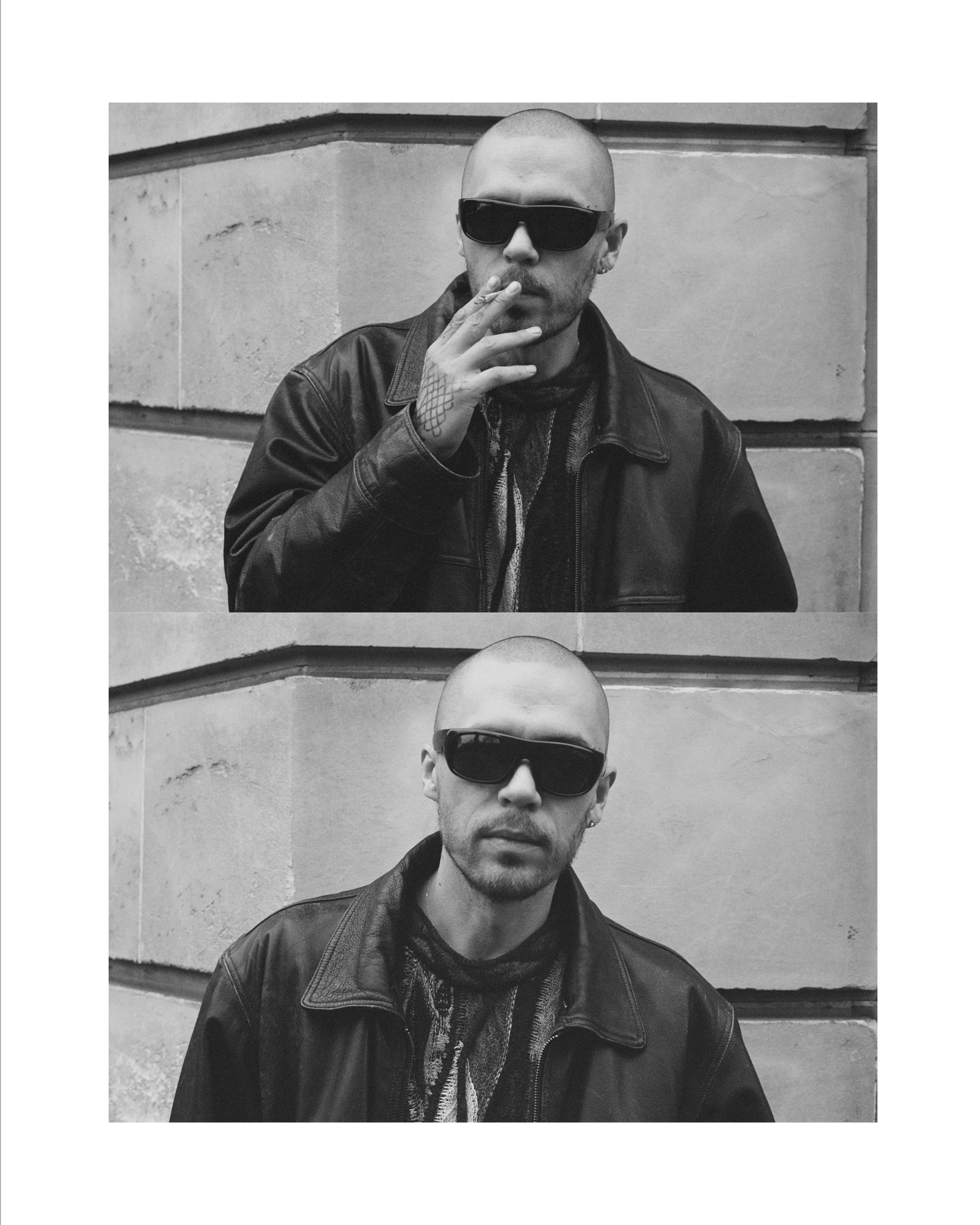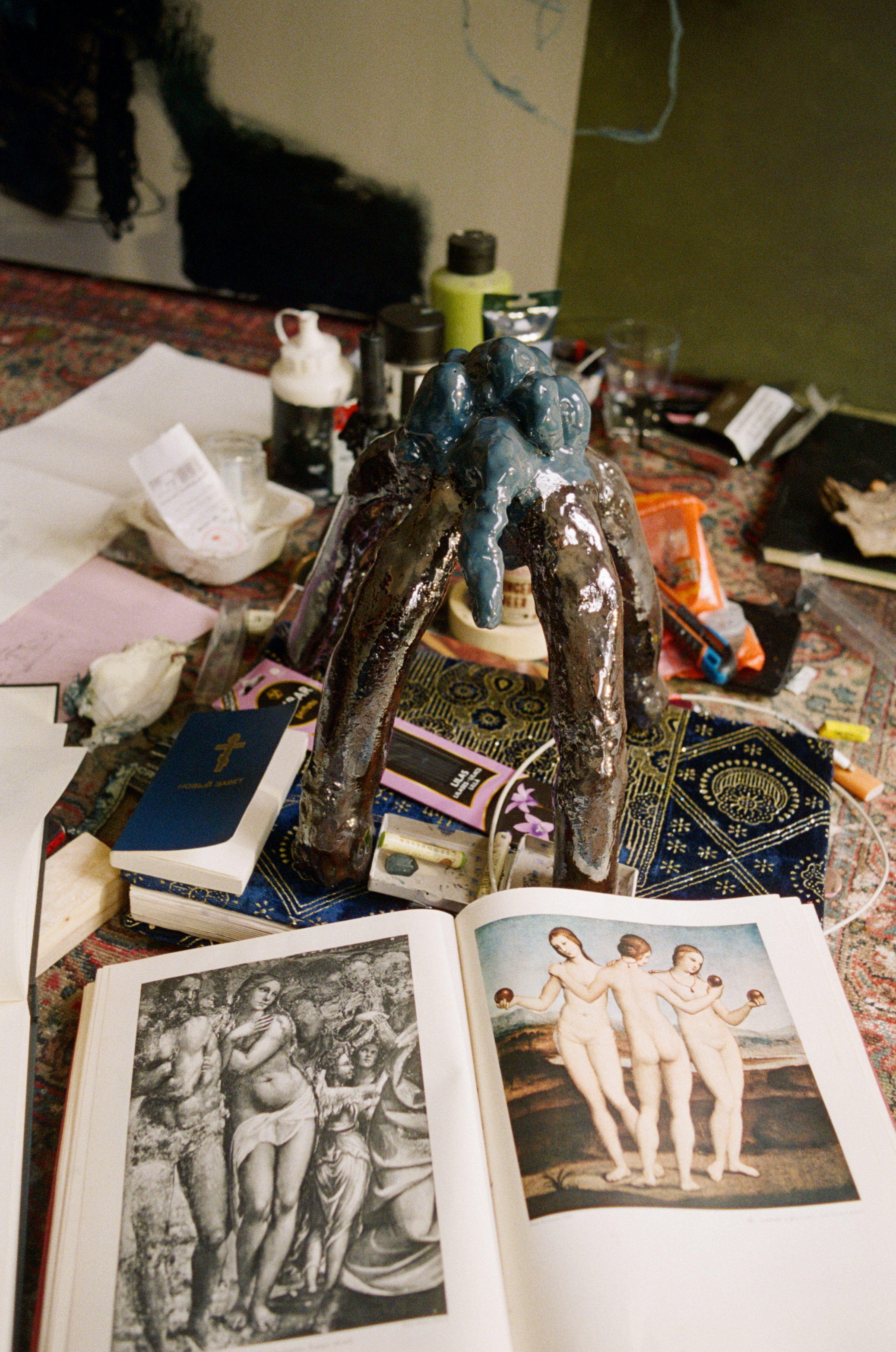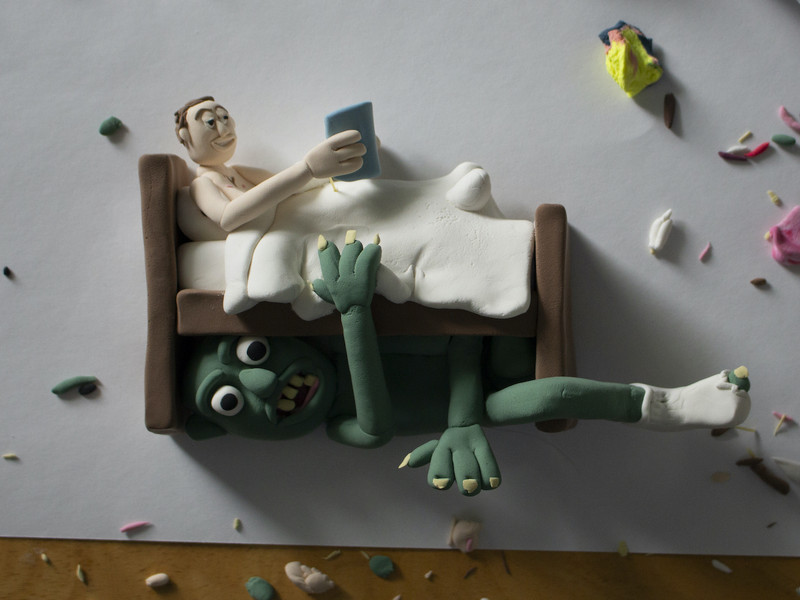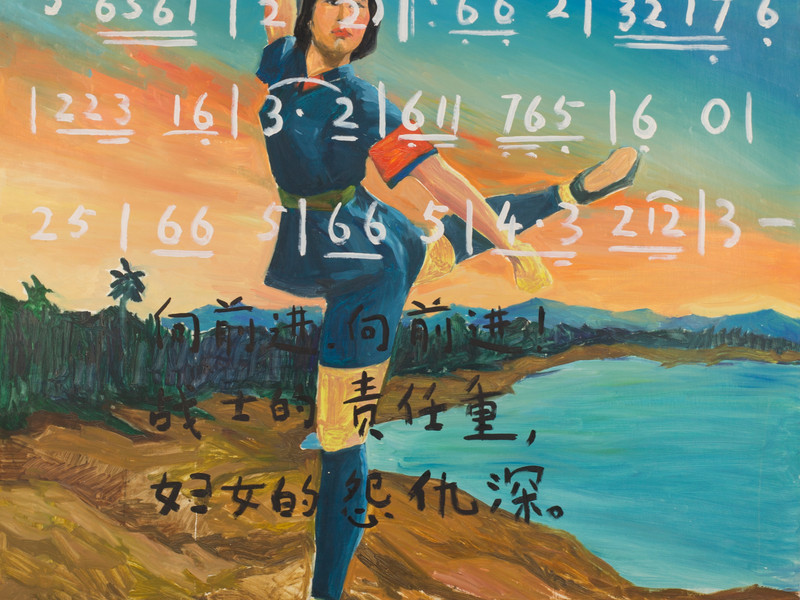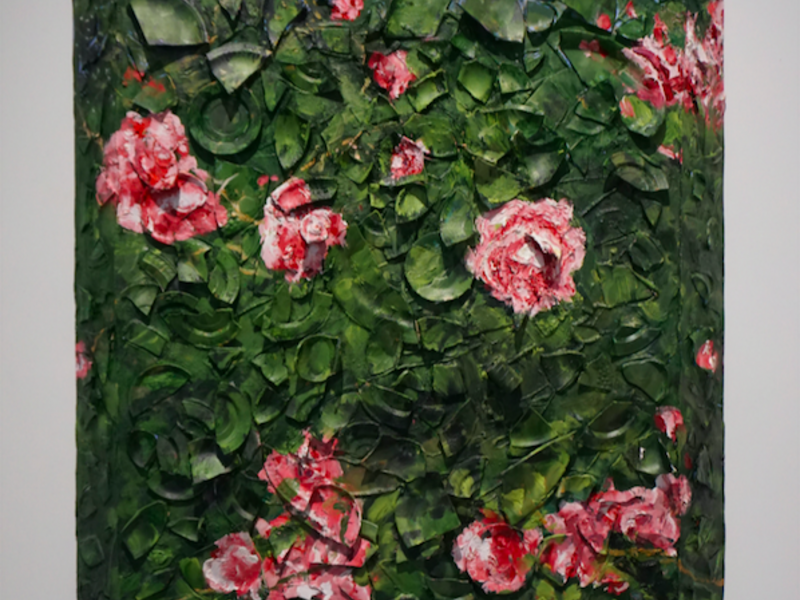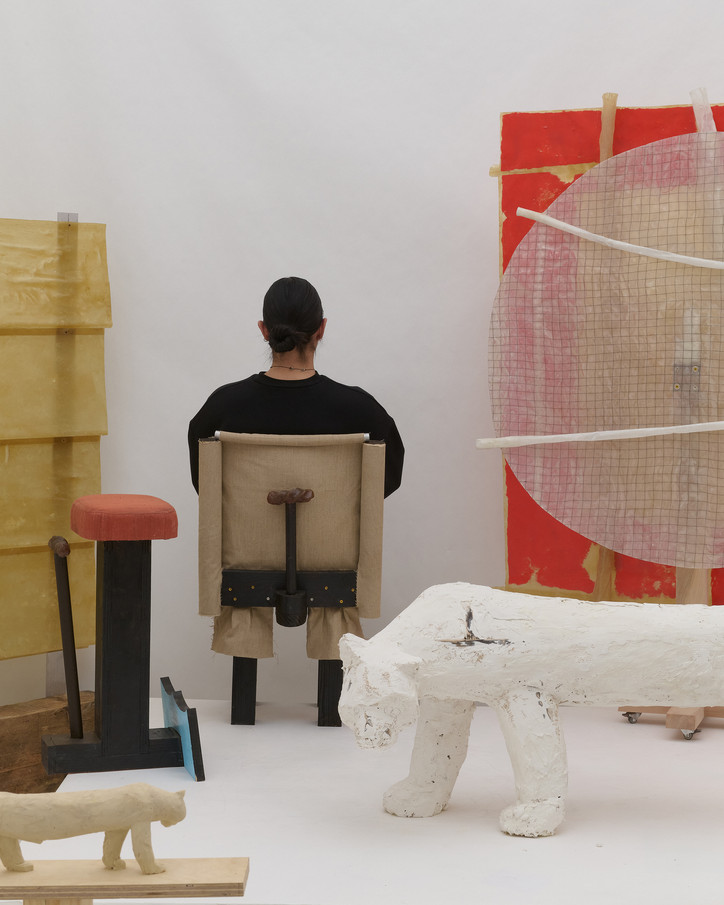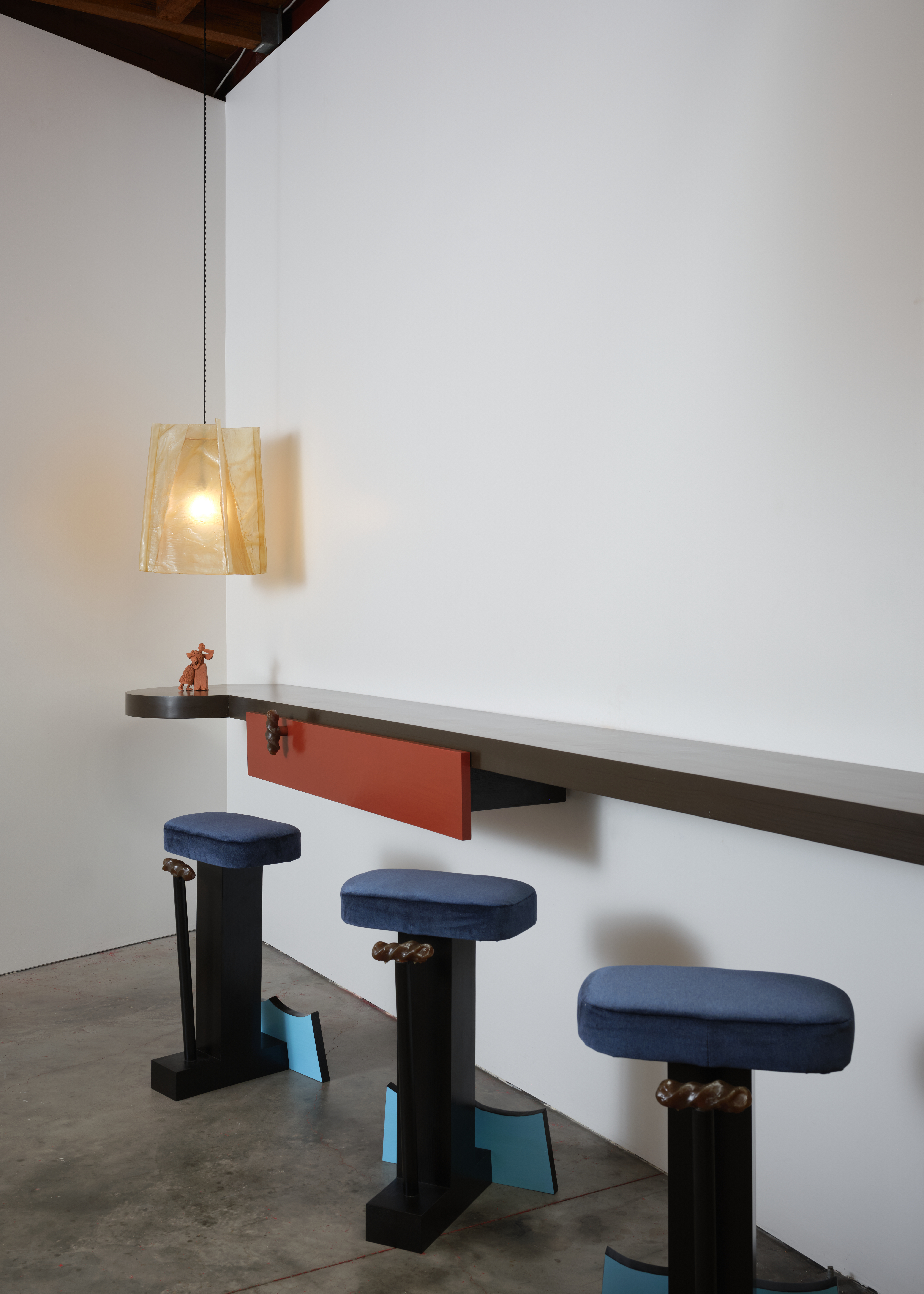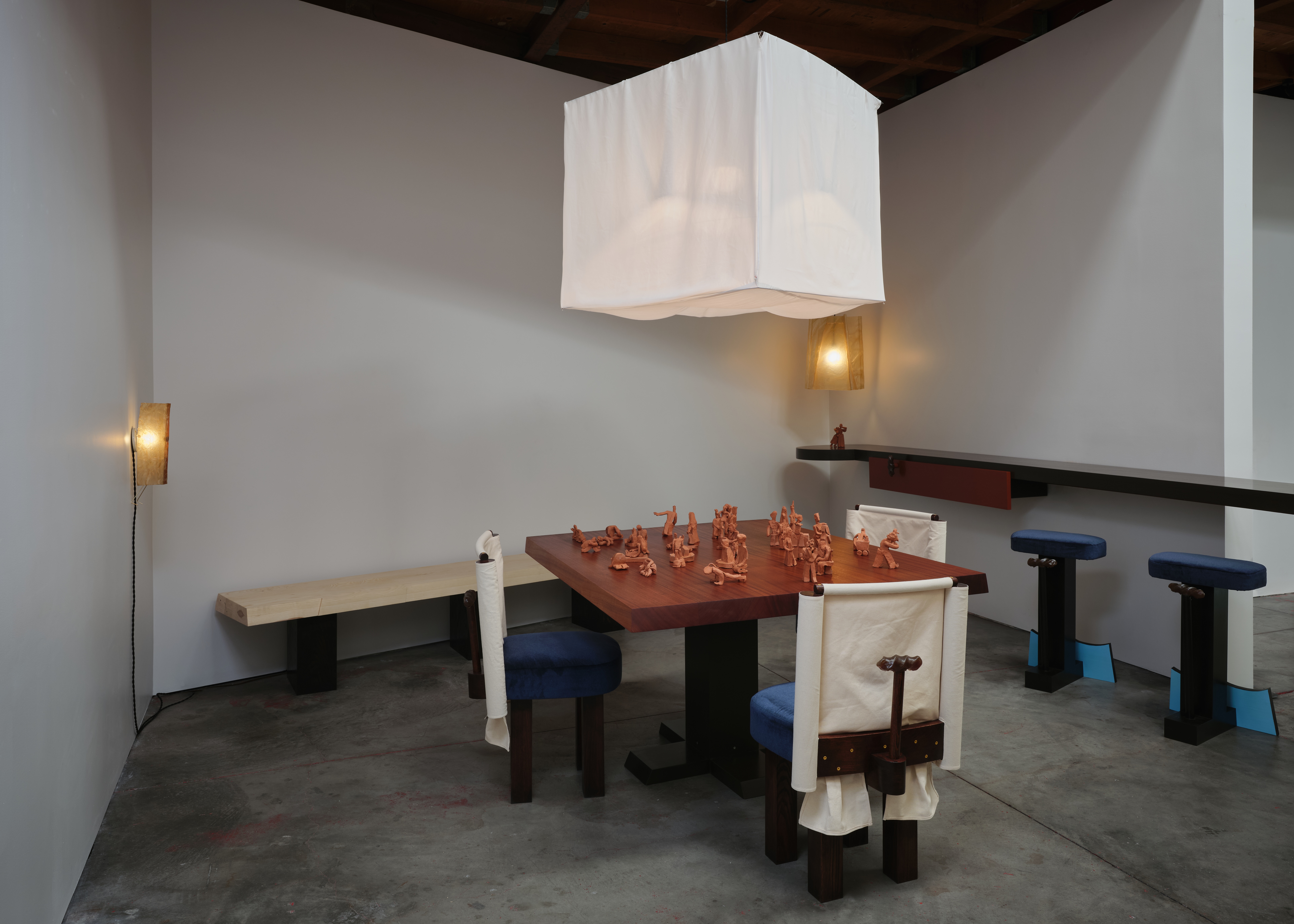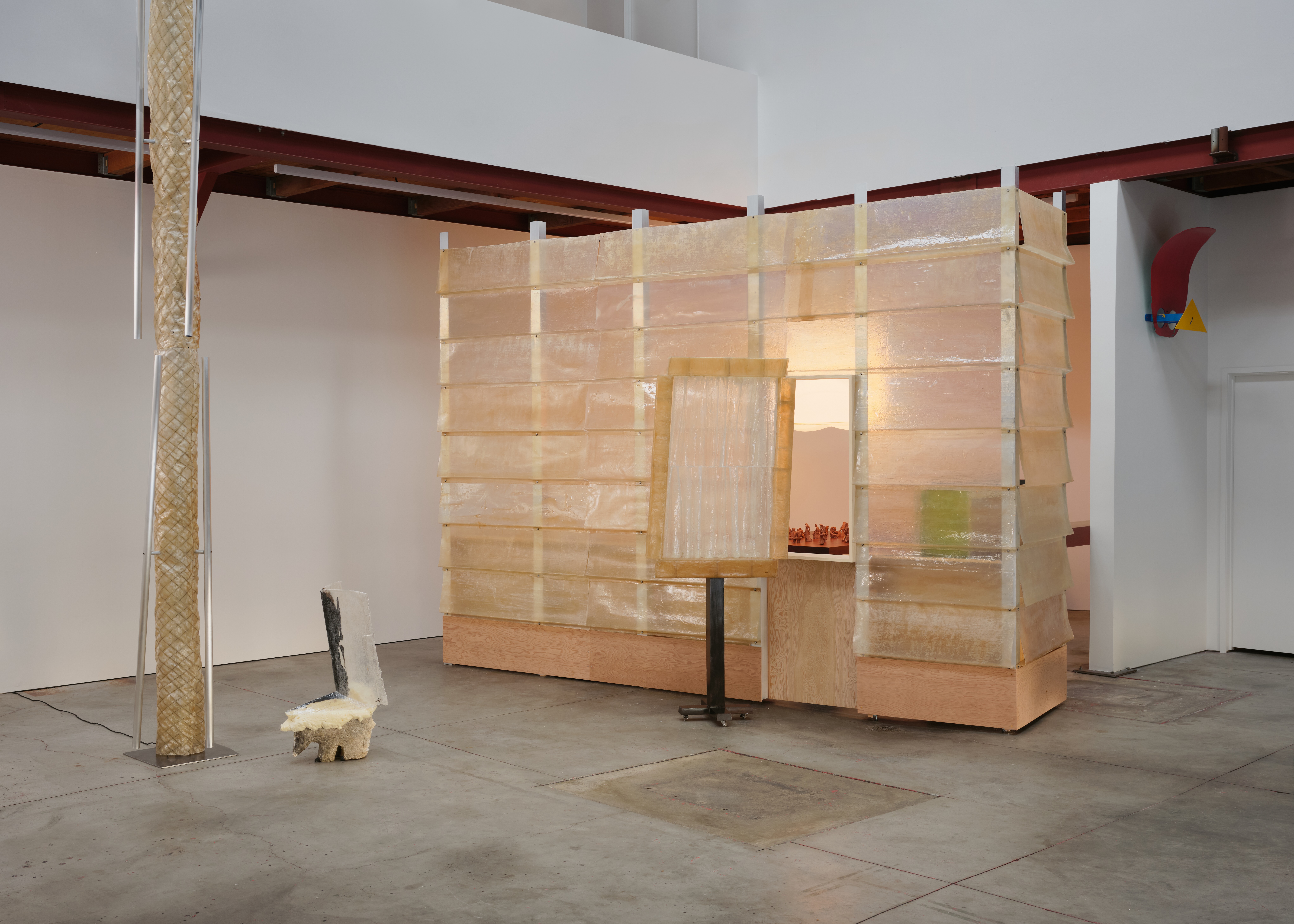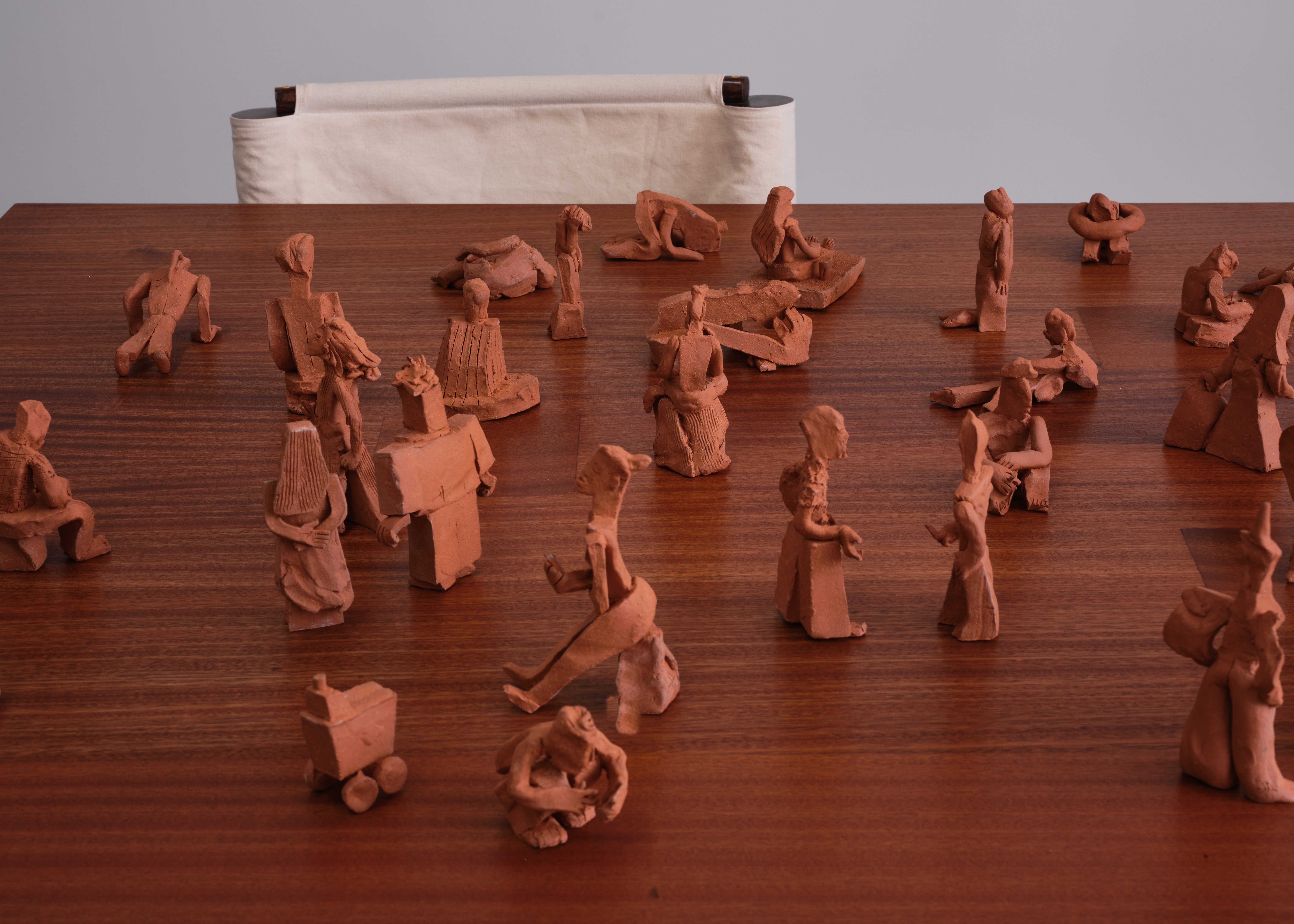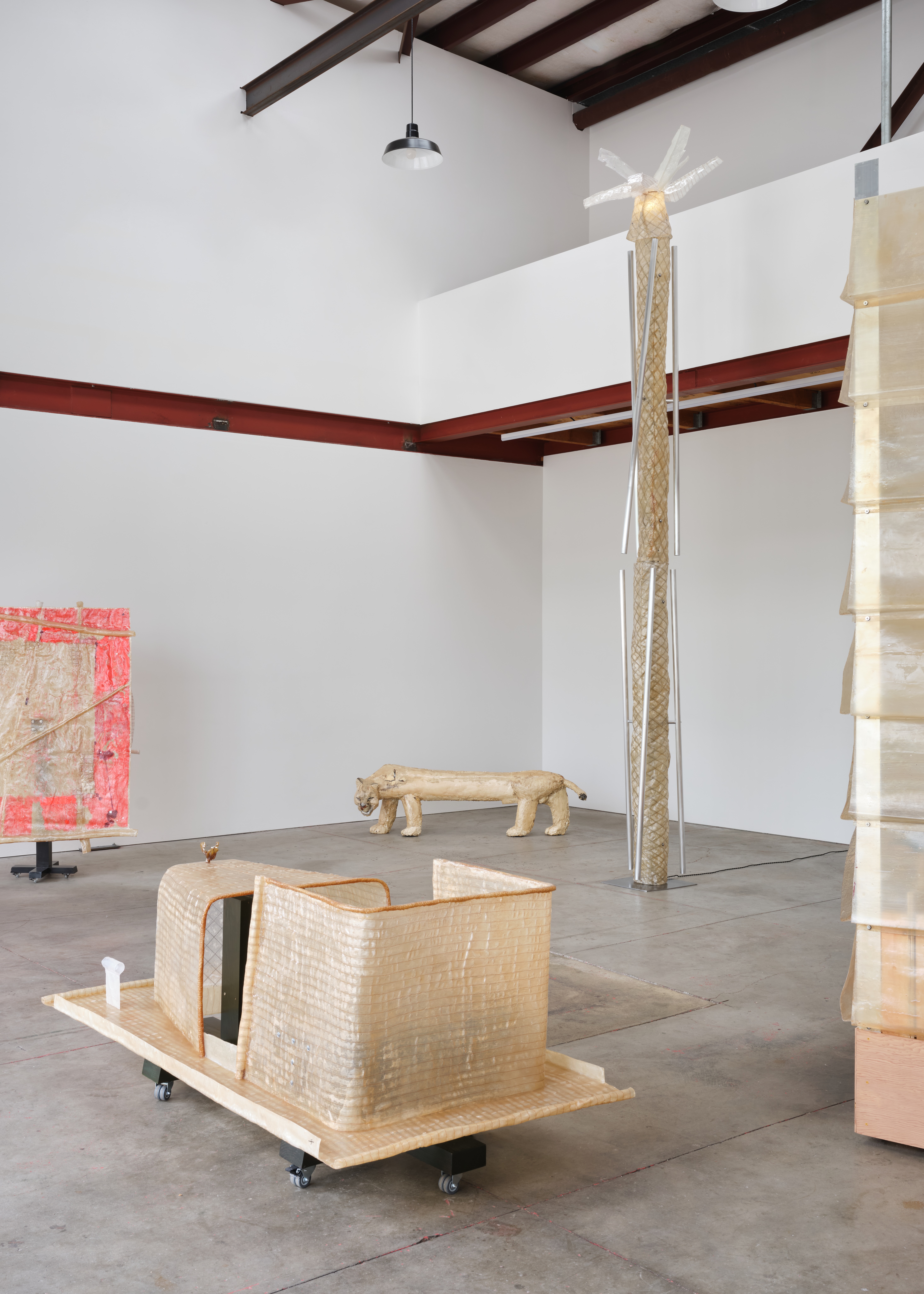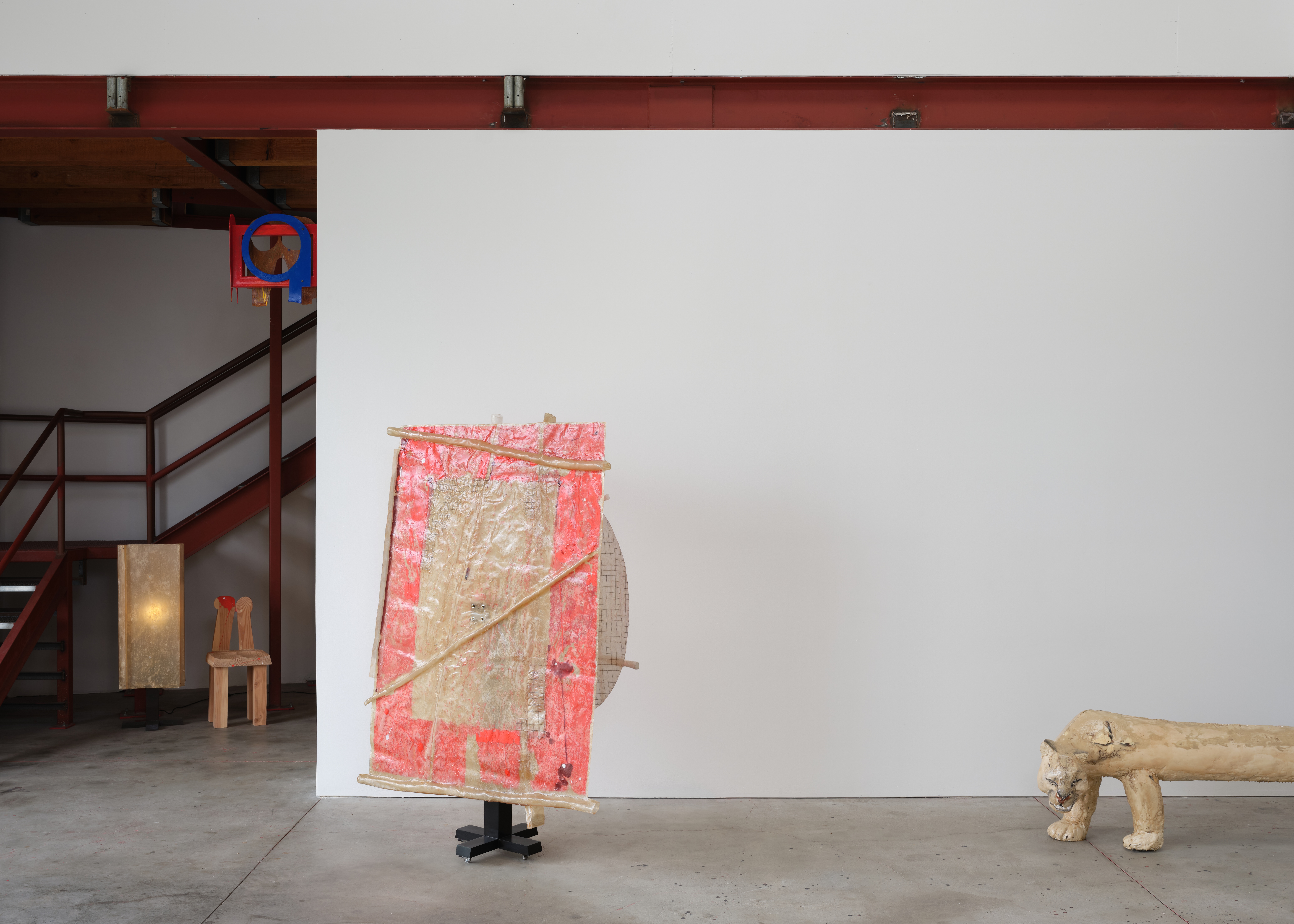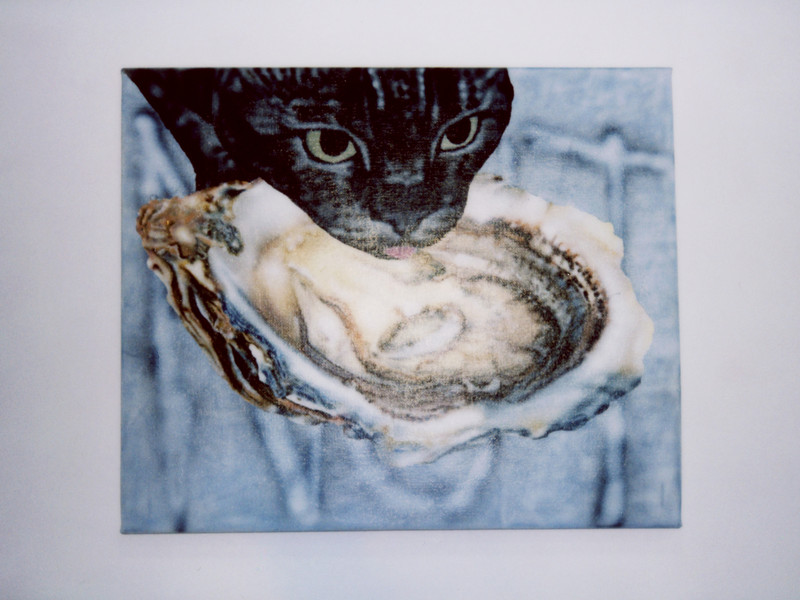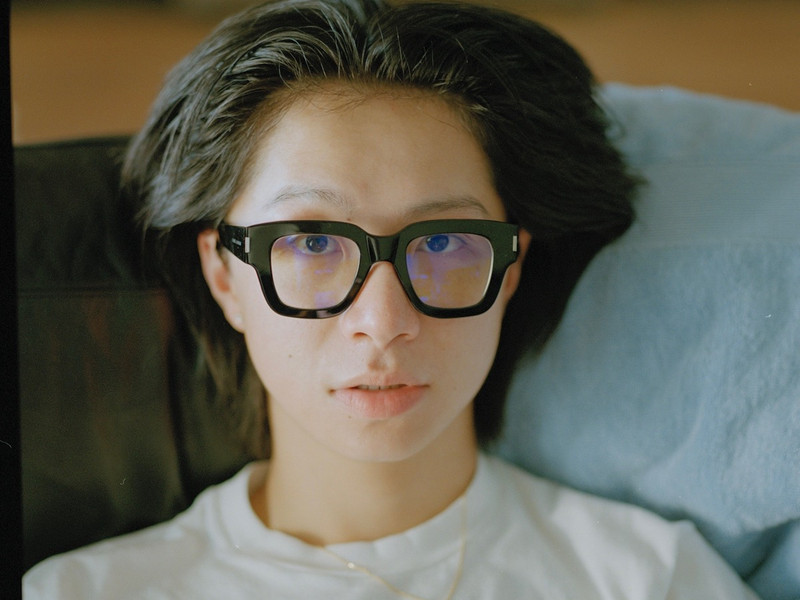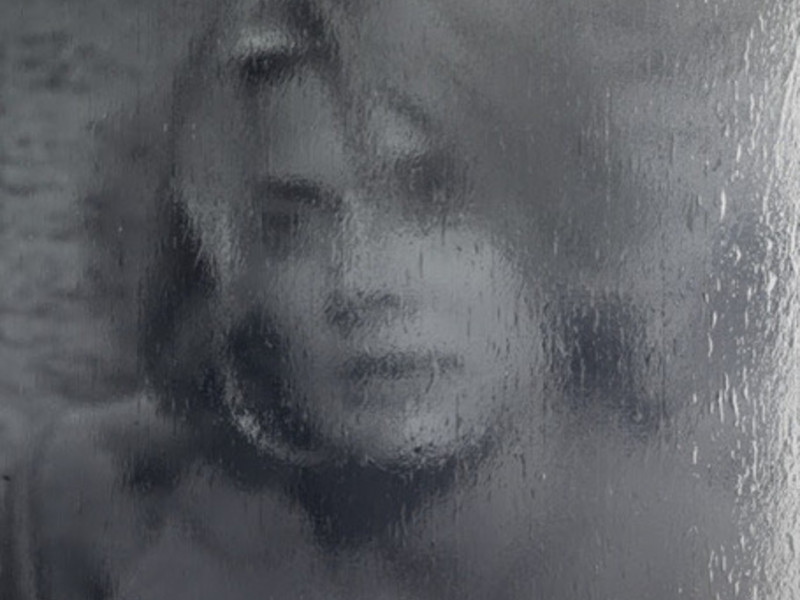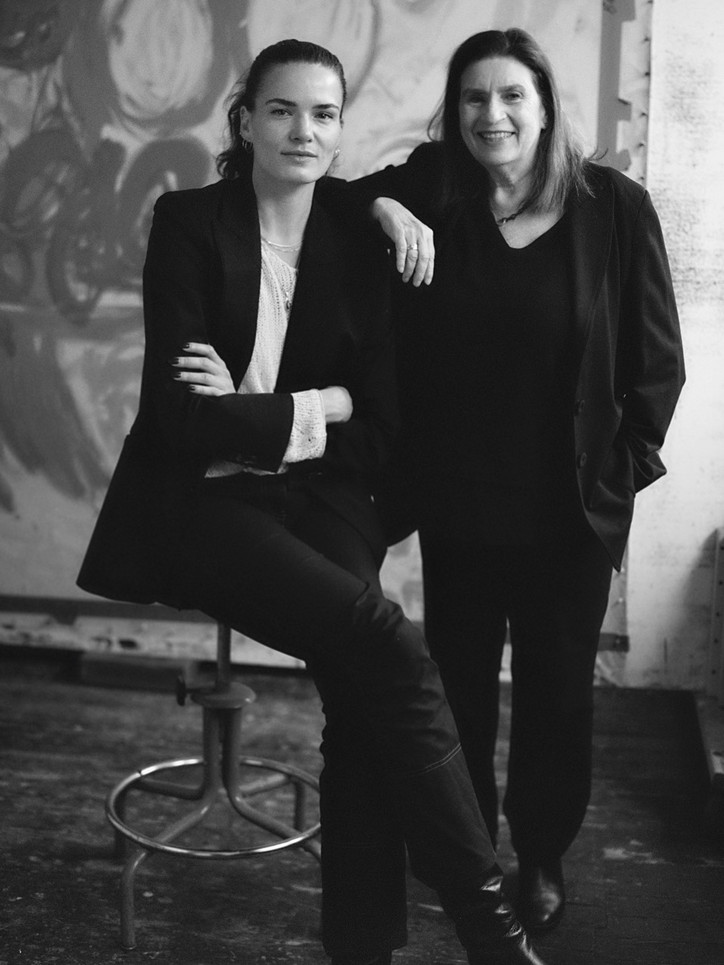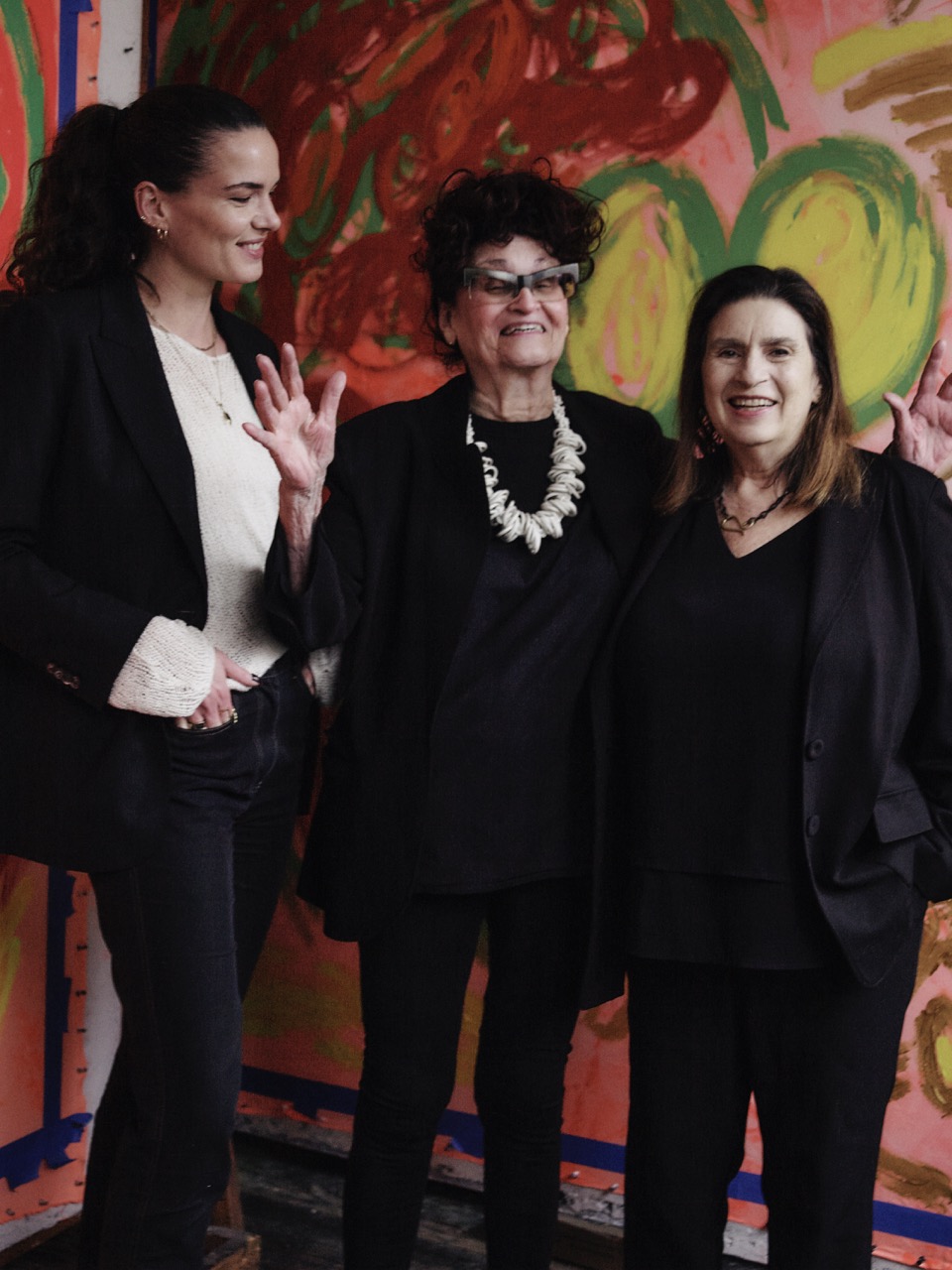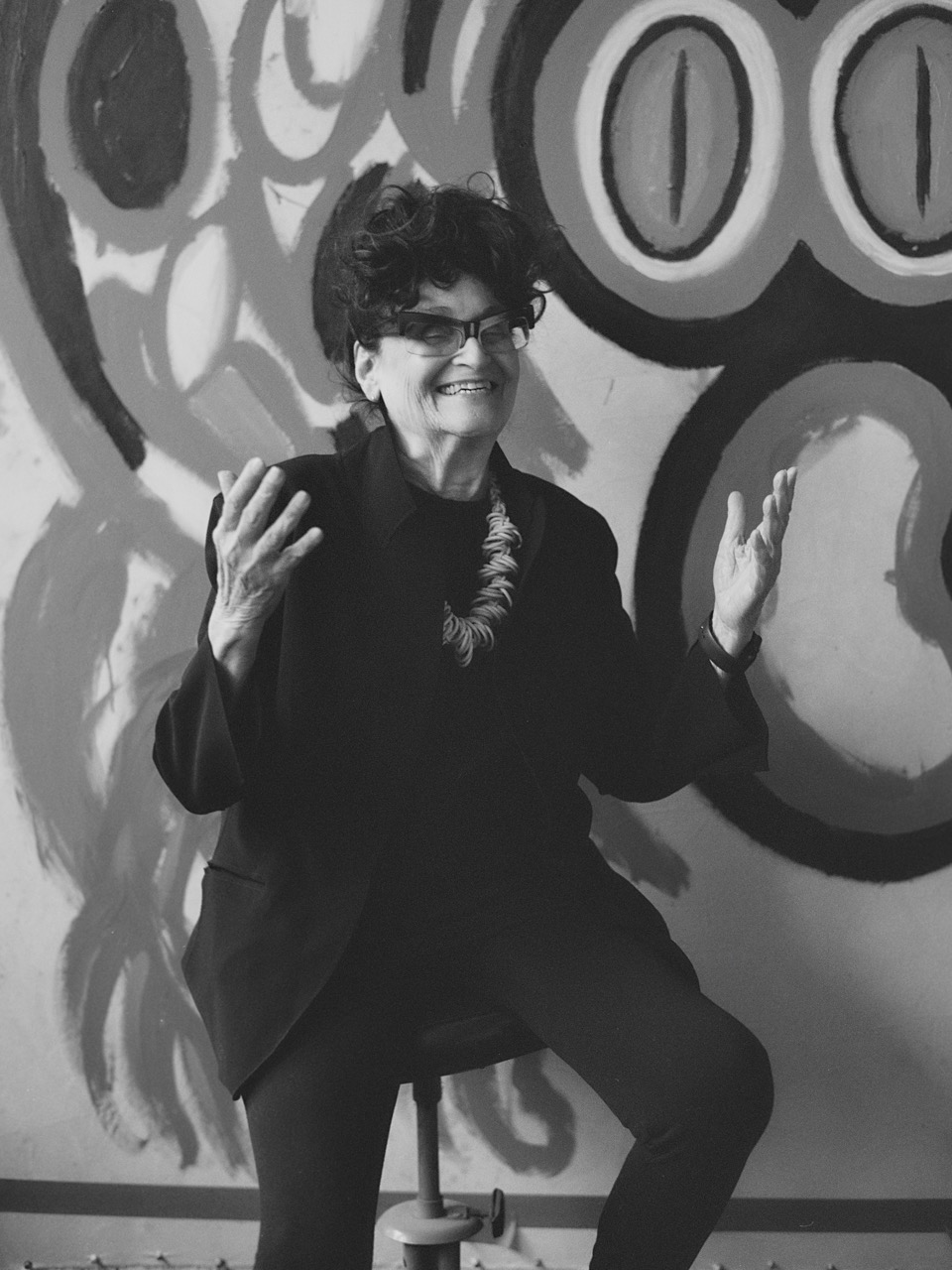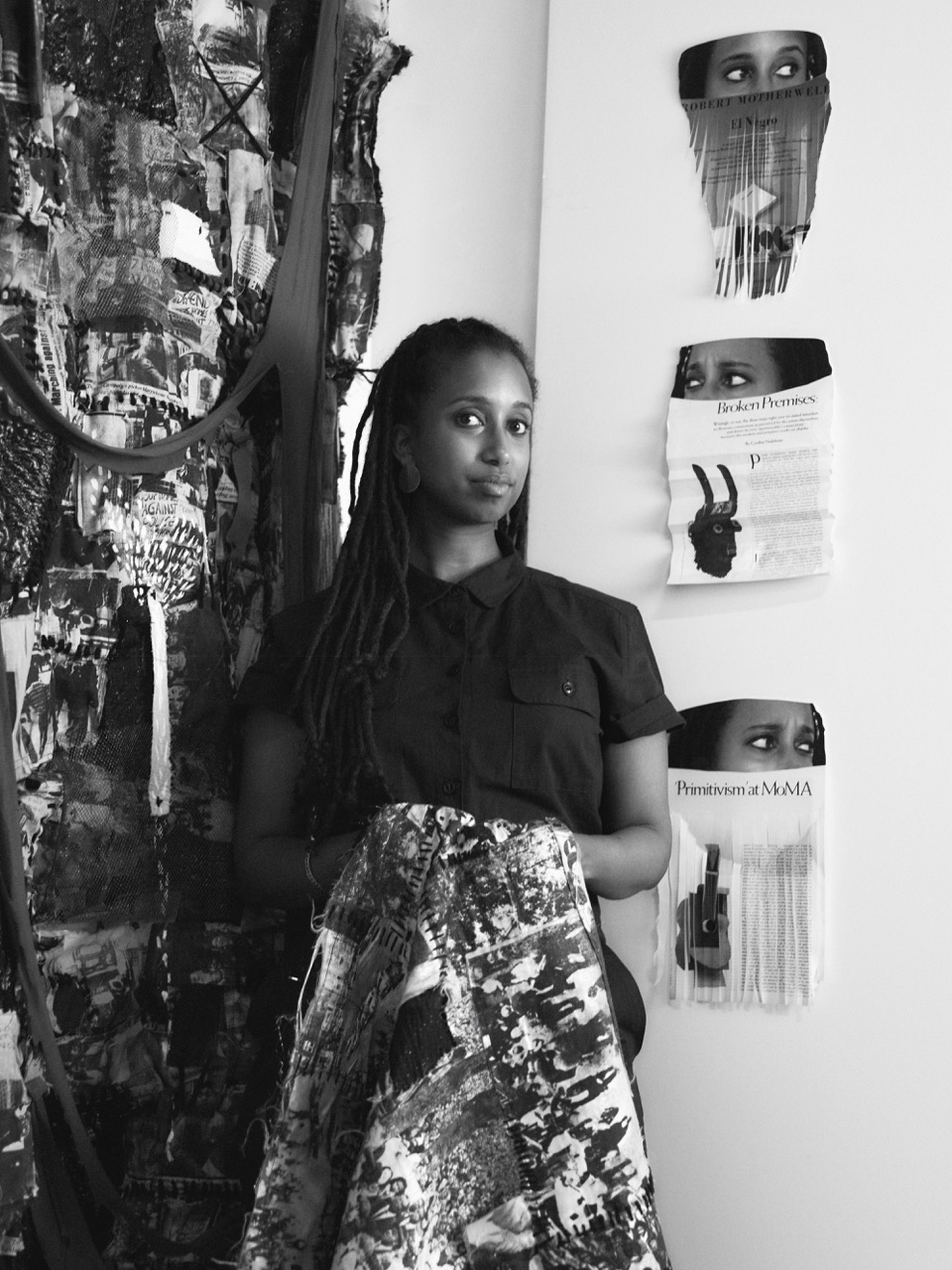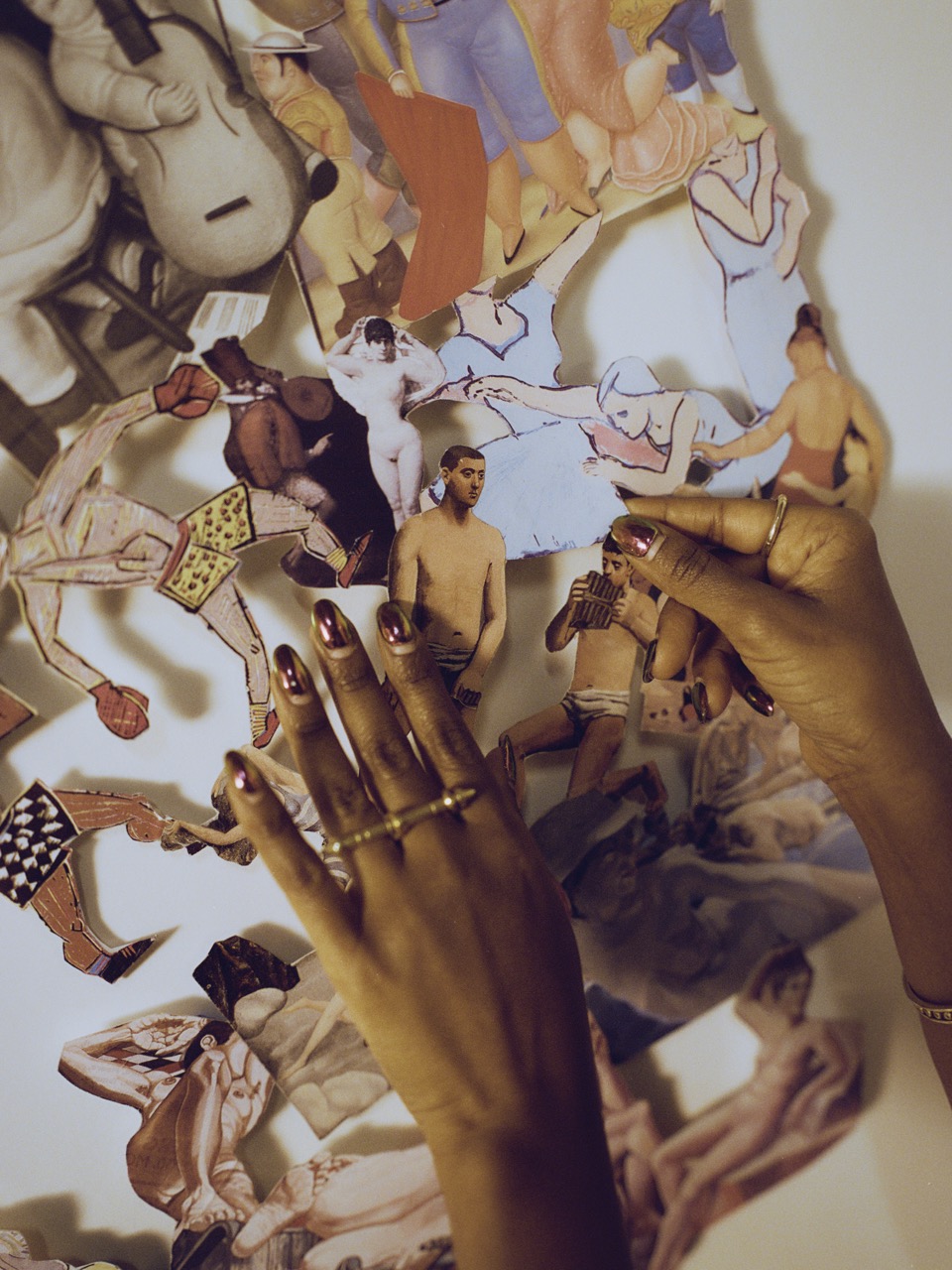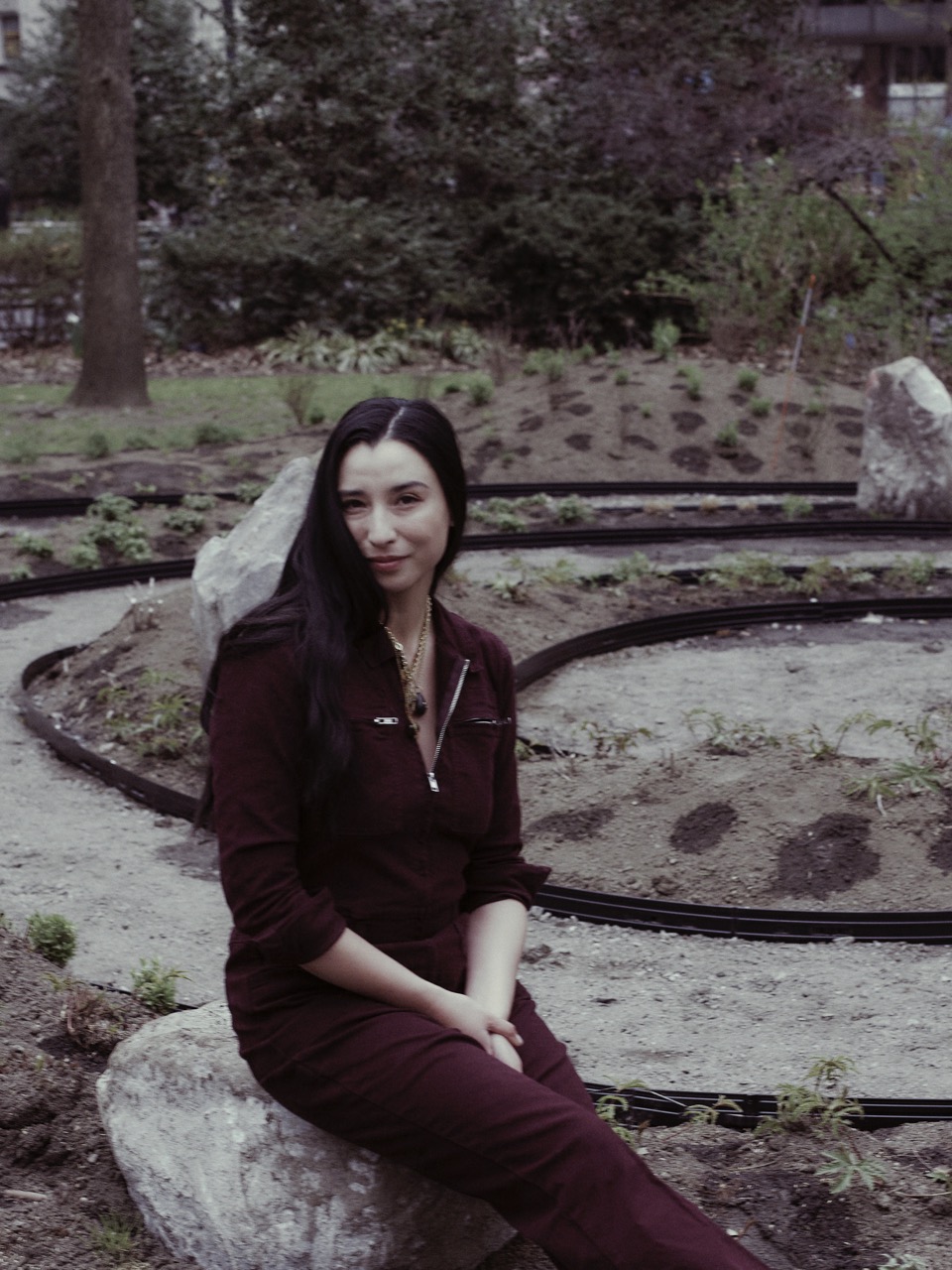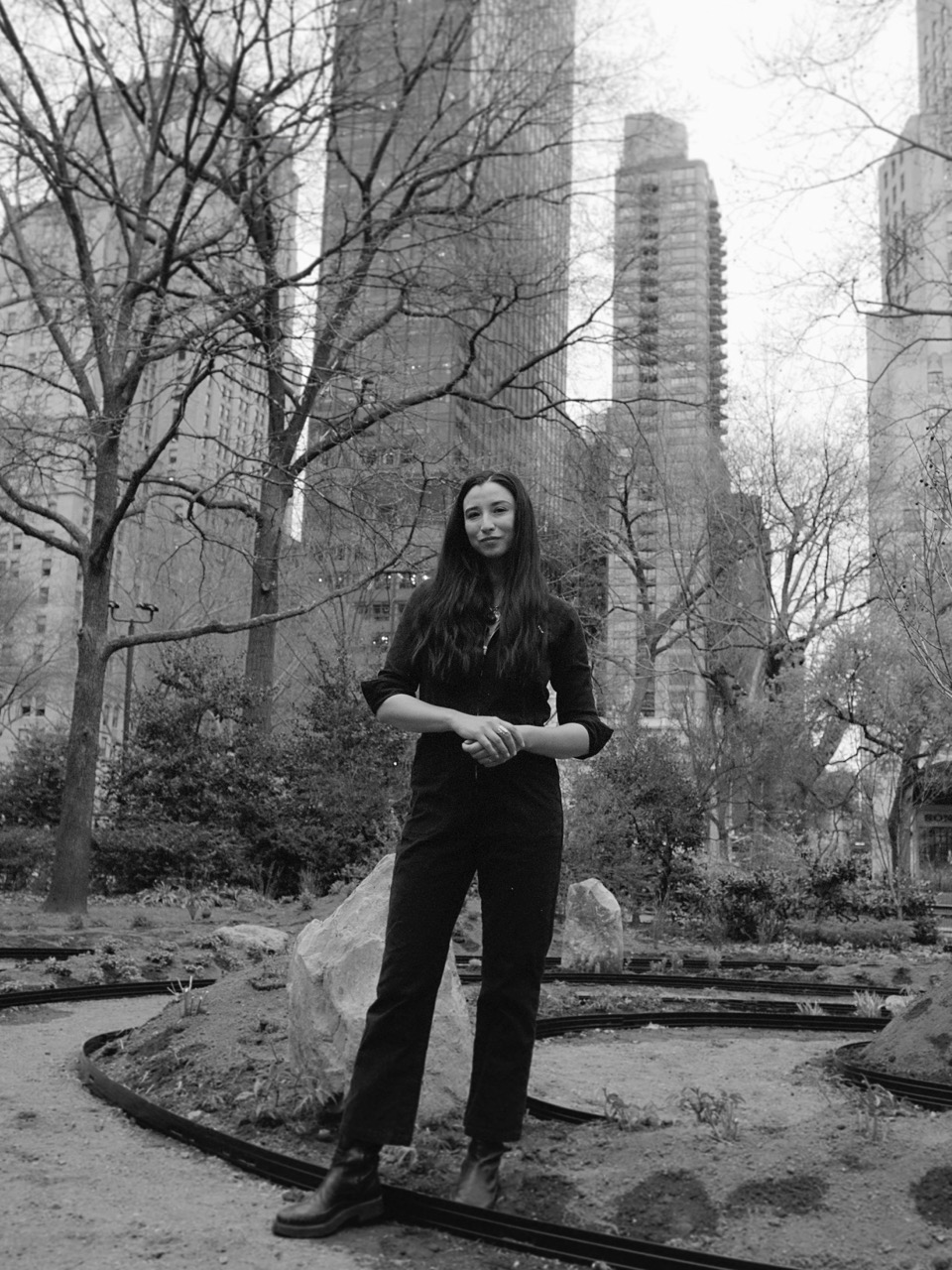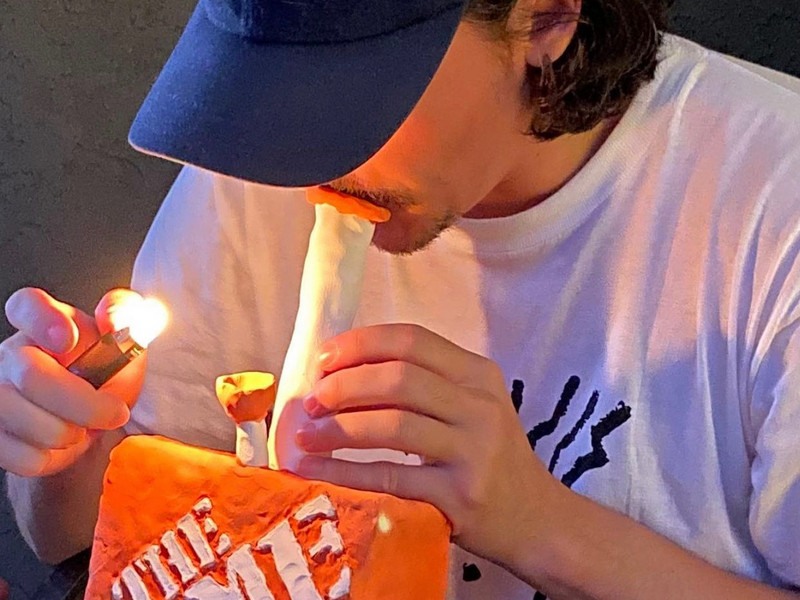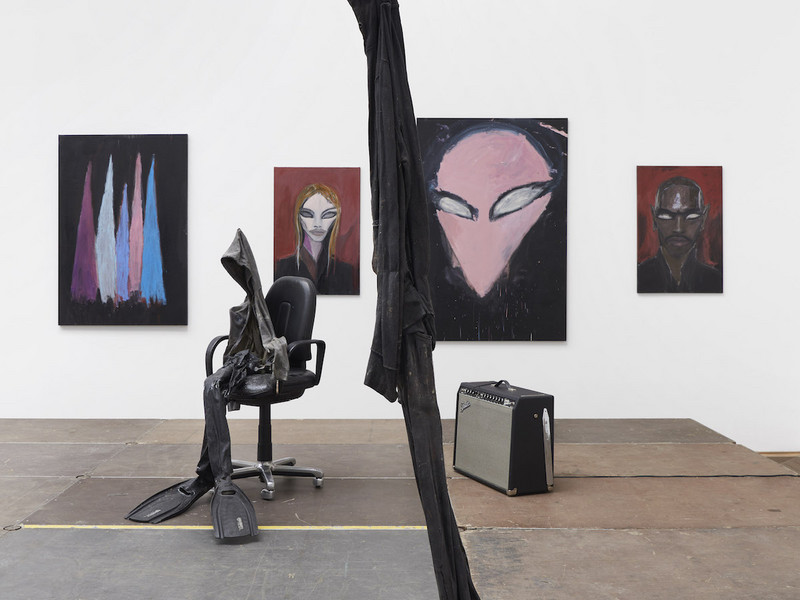Together Over Time
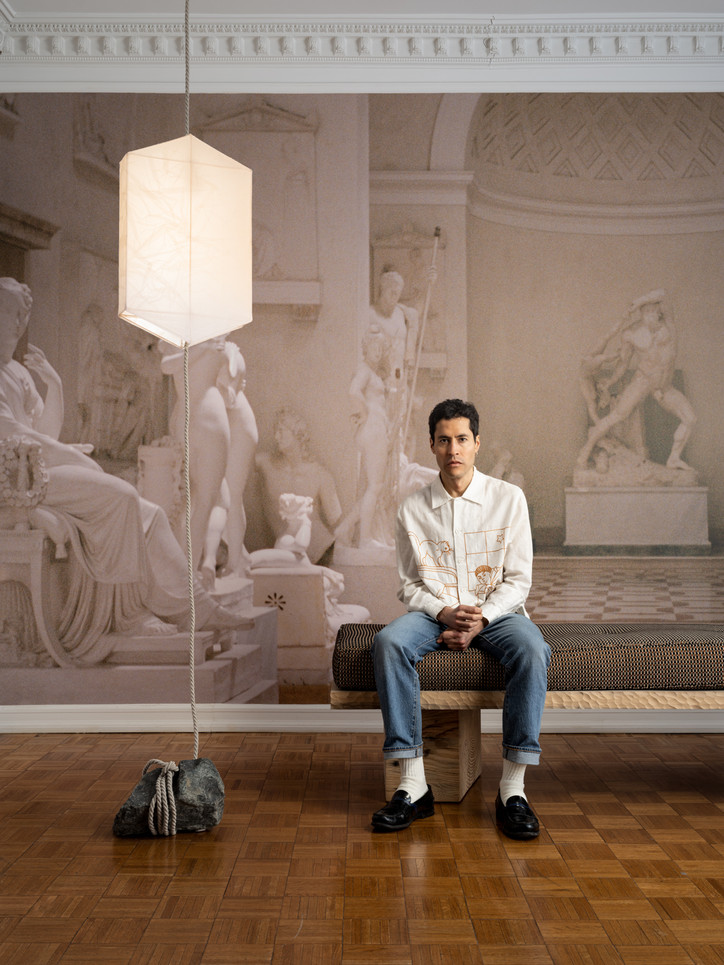
I called Prieto on a sunny May afternoon to chat about the exhibition. For an artist who juggles so many projects, I'd assume a strict and coherent schedule. Sitting in his TriBeCa studio and planning the rest of his week, it became apparent that what drives him is the opposite. Spontaneity is at the core of everything.
How are you? How have you spent the morning so far?
Good. I had some coffee and went to exercise early in the morning. Now I’m here at the studio working out what we will do this week on the calendar.
Do you keep the same routine every morning?
No, not particularly. There are just two or three days that I exercise on a schedule with a friend – her name is Leila. So Mondays and Wednesdays are quite scheduled, but otherwise, what I do depends on the mood and the way things are.
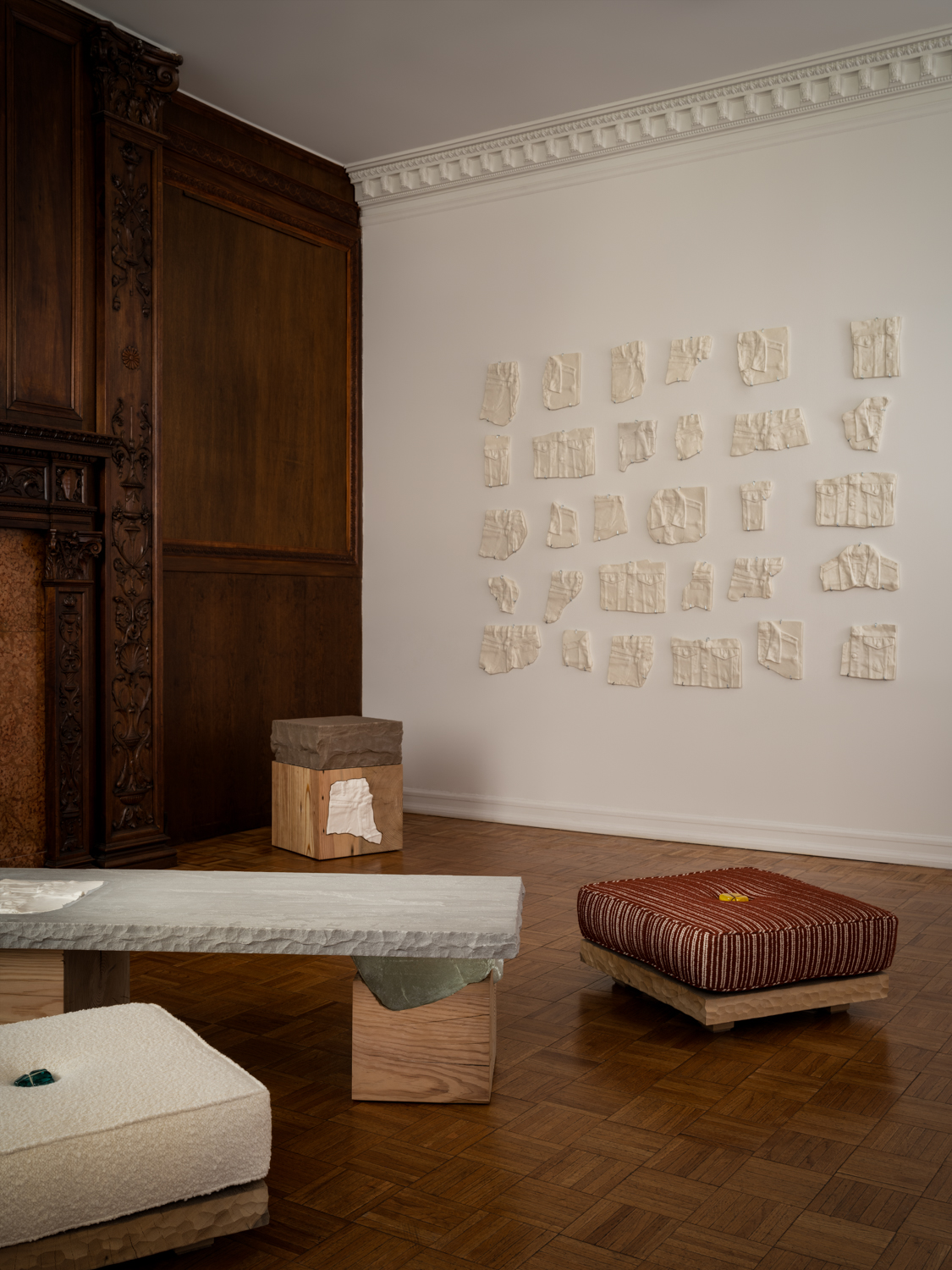
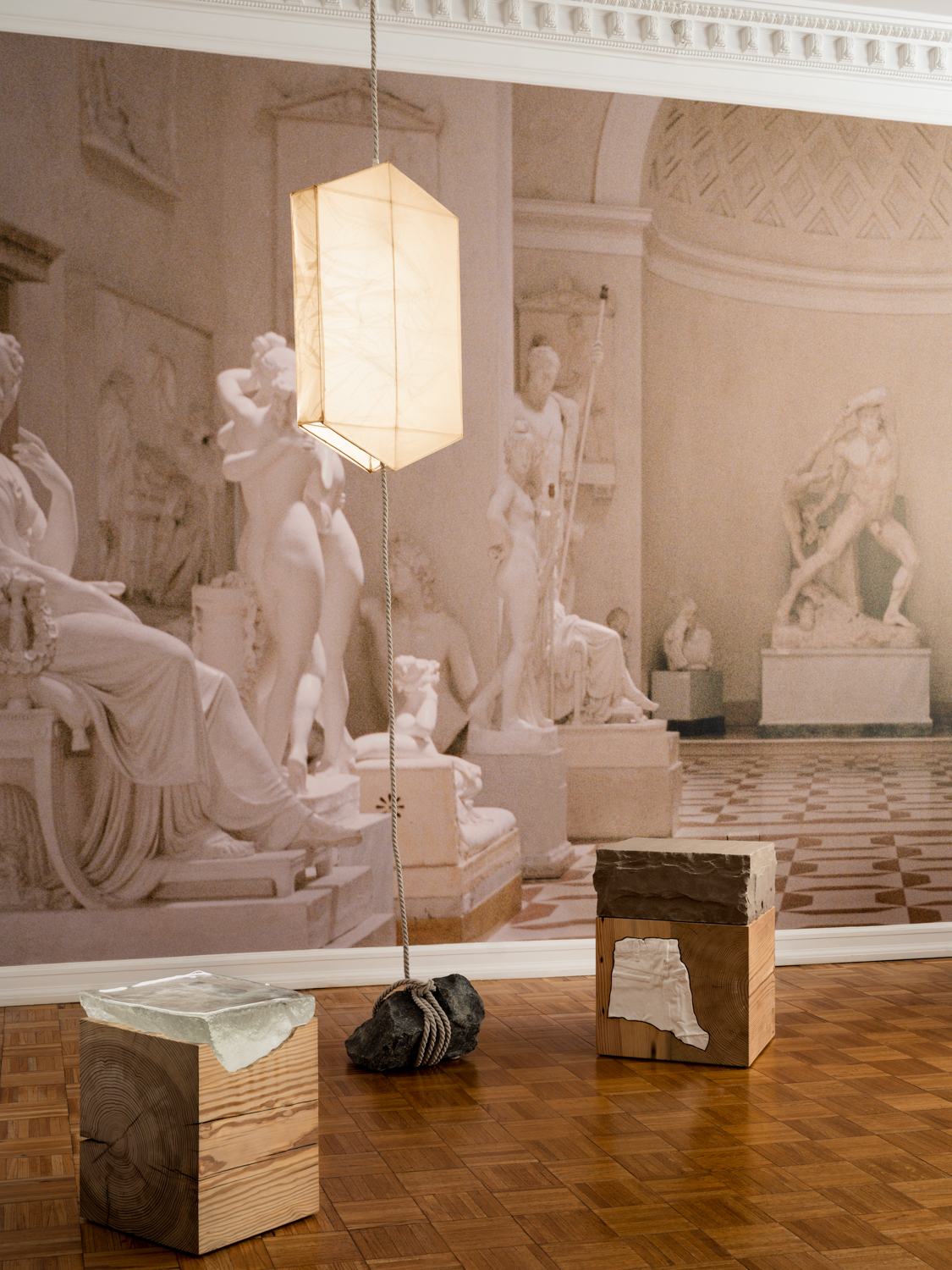
It seems that “chance” is central to your process so I wondered if you kept your daily schedule pretty open as well.
I try to keep some things open, indeed. I think it's important, that sort of flexibility – being able to act around the way you feel in the morning.
When talking about your latest exhibition Together Over Time, you reference going through each day being present in the natural world. In a city, it's not always so easy to do that. How do you consciously stay present?
Well, this was the way it was growing up on the ranch. Having slow days, riding horses, moving cattle from one land to the other — going through the same exercises. Back then I always thought, Oh my god, I'm so bored that I will always have to be observing the same things.
But then you start to notice and anticipate certain elements of nature — how long the day will be, where the sun will settle in the sky. You also start to appreciate that. Living a much more metropolitan life is very different, and full of surprises. Sometimes I’m walking through my neighborhood — I live in Tribeca now — and have to look up at the sky and take a deep breath. There are many elements out of your control, and that’s part of what I like about it. So much is going on that it makes you have to pace yourself. But nothing bores me more than being in an Uber so I take the train as much as I can, and I walk as much as I can.
I like going through the process of the day and having a chance to observe things, leaving the opportunity for the unexpected to arise. I think the most amazing things happen randomly.
What you touch upon is so central to New York – the randomness. There’s so much going on here, you never really know what’s going to happen, which leaves me curious. Did you make most of these works while you were in the city?
All of it. And I think for me, it was important to work with other people. You know, I’m not a woodworker, I’m not creating fabrics. I’m a creative director, I work with others to make my ideas come to life. I wish I knew how to make some stuff. Although the micro lights above with the loop, I did make. But all the elements came together in this release process of me understanding, working through things and collaborating with people locally. So that’s why I needed to be in New York; I was never planning to commission something. I like the idea of working with people you’re surrounded with, rather than producing in Mexico and spending like half of the budget and suddenly, a shipping company kept the money instead of the people working on the project. I also really wanted to be there in person for the process.
Working with other people also allows you to have some distance from the final iteration. How they approach the materials will impact the final product — it may not be an exact replica of what you first envisioned.
Correct. 100% and their skills are key in this matter, as well as understanding what we can do together. It's what interests me, I tend to collaborate or work with people. I may have an idea, but then it has to be produced, and the process of materializing something is central to my practice. Going through the process – each different – you start to realize the time it takes for an idea to become material.
Do you know beforehand which materials you want to use? Or does that arise serendipitously?
It depends. In this show, I was very sure. I decided right away what I wanted to work with. I was very curious about stone, I was very curious about glass, I was curious about wood, and of course fabric, which I brought in for something a bit more emotional and lighter.
The show works with things that are heavy, very grounding, like stone, and wood and lighter fabrics like on the kite and on the window. The fabrics, and ceramic pieces on the wall are like memories. The kite, grounded by the stone, connected by the rope, reflects this idea that we can all lead lighter lives when we are open to change — the rush of the wind, a slight breeze.
Thinking about how memories, and experiences come together over time, like these materials.
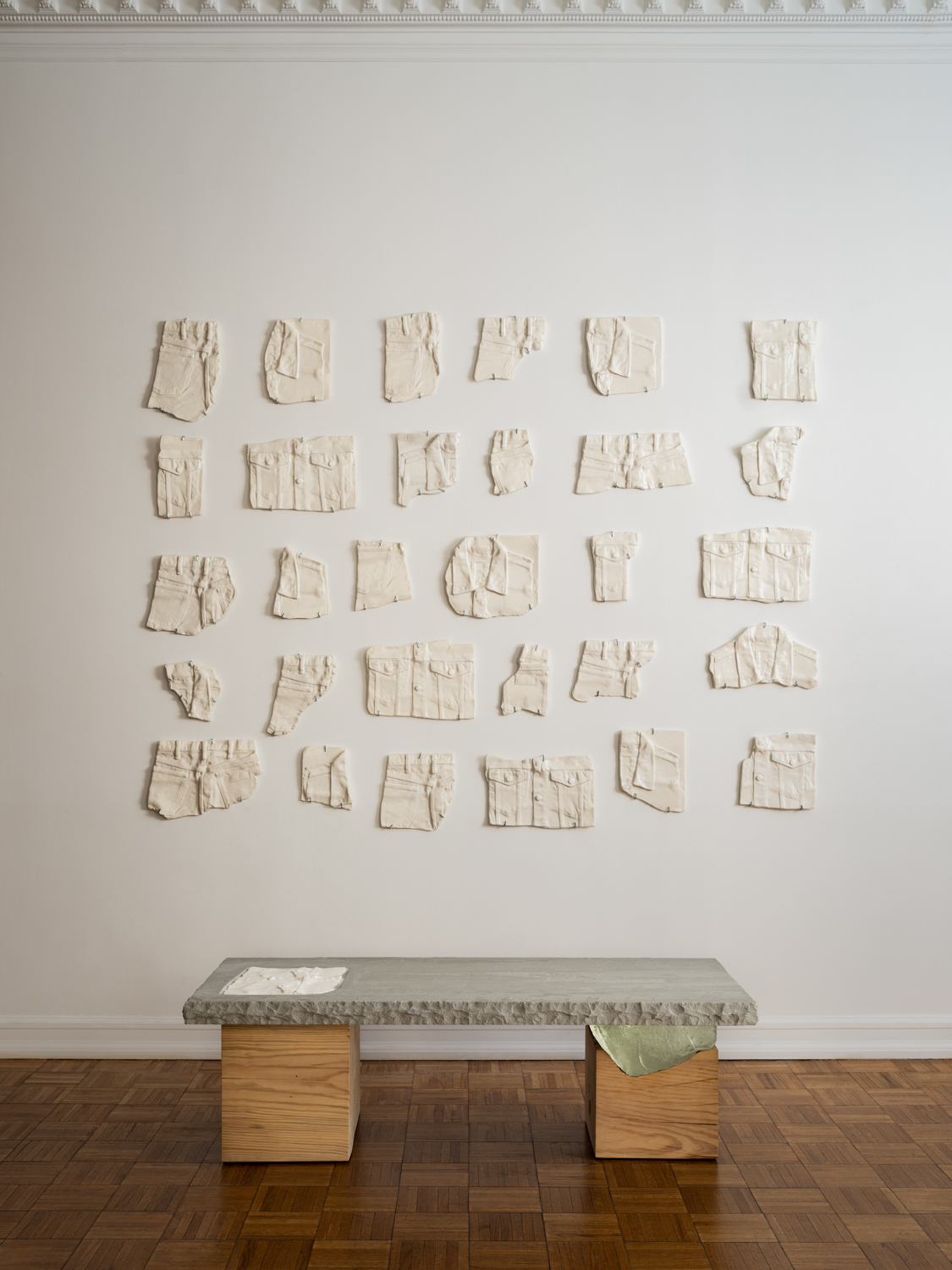
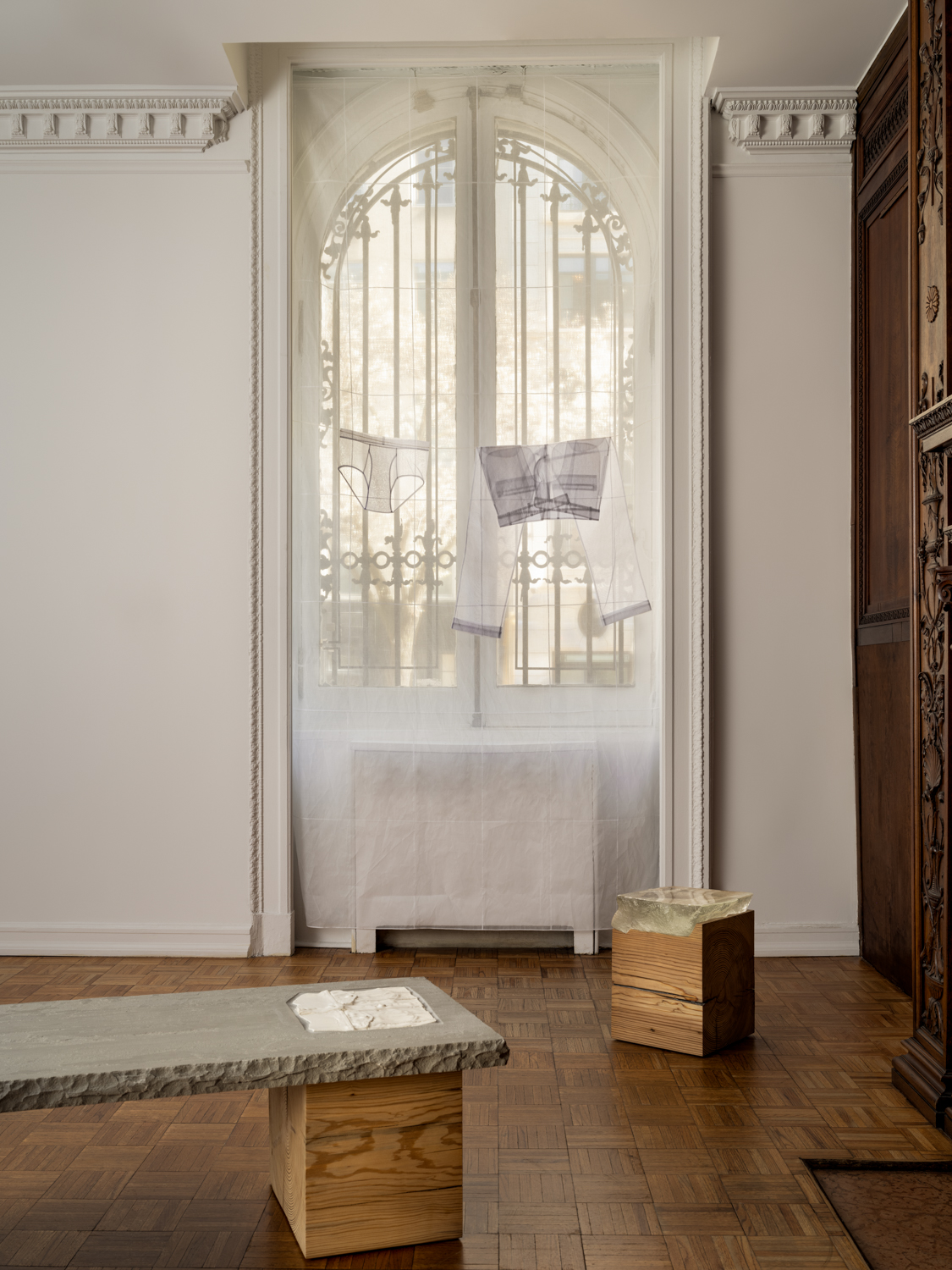
To me, the kite bound to the stone signifies how people get attached to memories.
I love memories… I think everything in the past sounds better. But it’s hard for me to go back. They built the stone for someone like me. I tend to be very airy and even if I like everything that I do, it always gets a little bit too high. Sometimes you need something solid that’ll keep you steady. And memories, they do that for us. You learn from your experiences. You may remember something as better than it actually was because you can rebuild the idea of it. That is something precious. These beautiful delicate fabrics and ceramics represent that. Casting these simple clothes as curtains reflects good memories. The curtains are actually inspired by this photo I took in Naples where people cast their clothes on lines similarly. I thought of placing these intimate articles in a very casual way to represent the same feeling.
And the three pieces you collaborated with the Emma Scully gallery on?
Emma is great. We made two side tables and one coffee table. I wanted to work with this specific glass that is casted stone made into glass. The stone turned into glass and presented as glass speaks to the perceived lightness of things. The glass is actually heavier than the stone but you wouldn’t assume that. The process was extremely challenging, the glass took us six months to get right. And then once that was perfected, it was passed onto the woodworker who carved the wood to fit with the glass. We also made a table that is a stone on top of wood with a ceramic piece embedded in it.
There’s all these pieces and materials embedded into each table, just like with memories. The best part is how all these artisans came together to make it possible. It’s similar to our own world where everyone can wear the same jacket.
It seems like an alchemical process as well. There’s no certainty in getting it right the first time.
Yeah, exactly.
How many times did you have to repeat the process?
At least eight.
How do you feel when you stand in the room with the exhibition?
I feel great, actually. I was intending to do one last piece, but suddenly we were working around it and I realized the exhibition was fine as is. Ultimately, I wanted to create a space where each piece could be contemplated and not be overwhelmed, and I think we achieved that.
The press release says that you were inspired by Manuel DeLanda’s Assemblage Theory. At what point did you read it? And when did you start working on the exhibition?
No, no, so it actually came backwards. Actually, with the way the show was presented by me, I decided to work with this idea of a HAIKU. I wanted it to come together almost like a lottery, randomly. So I grabbed these different books from different artists; Gabriel Orozco; Roland Barthes, etc. I drew different sentences together to create my own writing and it made sense somehow. So in a way I was explaining to Emma, I wanted to just pick different pieces from here and there.
Similar to Burroughs’ cut-up method.
Exactly, something like that. That’s how I presented the idea at the beginning. The first title was “By Chance”. Toward the end, I was explaining the idea to my friend Thomas Fougeirol and after two months, I didn’t feel that the name was right. He suggested DeLanda’s book and so I read it over a weekend. He talks about things coming together over time — and this is what he means by assemblage so then it clicked. With this exhibition, everything is together but also separated by materiality, space, and time.
Together Over Time feels like a synonym to the previous title, “By Chance.” You think of a city being destroyed by a hurricane, the erosion of a rock, or flowers growing. All of these aspects occur across time, perhaps separated by space, but connected by chance — or possibility.
Yes, exactly, and that’s the point, it’s not about the sole happening, it’s about all the pieces coming together and existing as part of a larger structure.
Do you feel like this specific body of work signifies a new trajectory in your creative process? Or has this way of thinking always been part of what you create?
No, it's all very related. The show is a bit of a compilation of the things I’ve been doing. I’m curious to keep exploring materiality and challenging the perception of elements. It was exciting to find a rock and transform it into glass, but also having something beautiful like cashmere on the stools. I love to research while playing with instinct and pleasure at the same time — landing somewhere that feels right to us, and for some people out there too.
